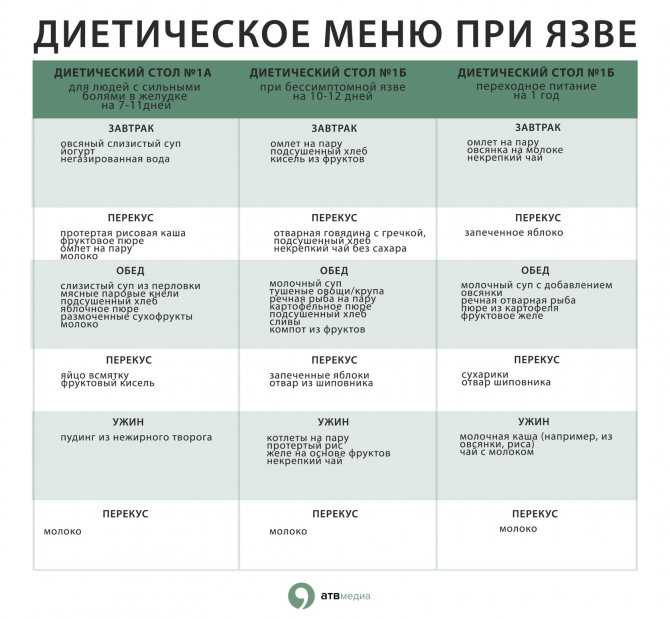Cuando realizamos una dieta lo que ocurre es que caemos en un círculo vicioso de: bienestar por el descenso rápido que provoca, dado por la motivación inicial y la alta restricción calórica de la misma, pero que, al no incluir todos los nutrientes necesarios, llevan a que nos aburramos, al tiempo la abandonemos, hasta toparnos con una nueva dieta y recomenzar el círculo. Por eso, hoy te hablaremos a fondo sobre qué es la dieta de la zona y por qué es ideal este estilo de alimentación.
Contenido de este artículo
¿Qué ocurre con la dieta de la zona?
Para comenzar, debemos mencionar que la dieta de la zona no es una Dieta. Más bien, es un estilo de alimentación equilibrada, saludable y variada que podemos mantener a lo largo del tiempo.
Es equilibrada, ya que contiene los 3 nutrientes esenciales de la alimentación: HIDRATOS DE CARBONO, PROTEÍNAS Y GRASAS. En similares proporciones.
Es saludable, porque seleccionando bien los alimentos y acompañada con actividad física la dieta de la zona permite aumentar la masa muscular. Además, disminuir el peso, controlar la glicemia, el colesterol, triglicéridos. Por lo que es apropiada para personas con sobrepeso, diabetes, dislípemicas, deportistas.
Es variada, lo que permite que no nos aburramos y estemos saciados durante el día. De esta manera, evitando así, el picoteo de alimentos calóricos y no saludables.
Tiene en cuenta las hormonas que regulan el apetito como la insulina y cortisol, permitiendo un mejor funcionamiento del organismo. Pero, es importante que las ingestas se realicen cada 3-4 horas, para activar este mecanismo.
La dieta de la zona promete disminuir la inflamación celular del cuerpo, lo que podría lograrse, siempre y cuando se realice una selección adecuada de cada uno de los nutrientes, evitando el exceso de hidratos de carbono complejos, grasas saturadas y colesterol y proteínas animales.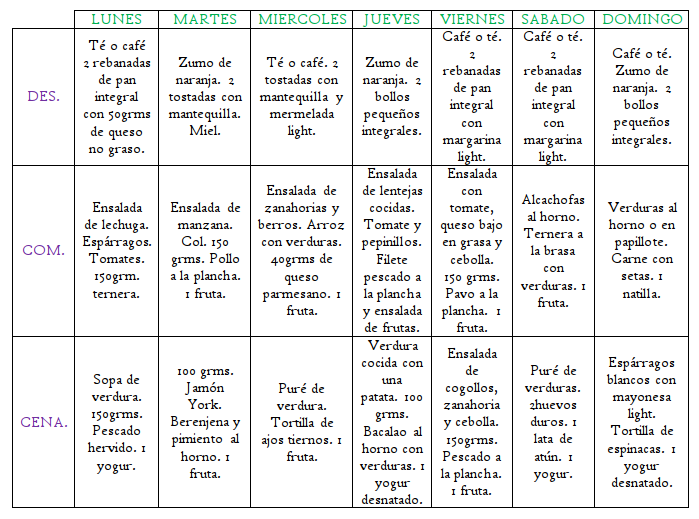 Todos los nutrientes deberían estar presente en su justa medida y variando con fuentes vegetales ricas en antioxidantes y omega 3.
Todos los nutrientes deberían estar presente en su justa medida y variando con fuentes vegetales ricas en antioxidantes y omega 3.
¿Cómo hacer la dieta de la zona?
En la dieta de la zona dividimos nuestro plato en 3 partes o bloques, como mencionamos antes, estos son: carbohidratos, un 40%, 30% de proteínas y 30 % de grasas. Para realizar la división podemos usar el método de bloques o visual.
Si tomamos el método de bloques, tomamos como un bloque de hidratos de carbono al que contiene 9 gr, 1 de proteína 7 gr y 1 de grasa 3 gr. Además, tener en cuenta que en cada comida hay que realizar al menos un bloque de hidratos, proteínas y grasas. Para conocer la cantidad de gramos de los alimentos, te presentaremos al final, una tabla de la dieta de la zona con los más frecuentes.
Debemos considerar para mujeres de 10-12 bloques al día y para hombres 13-15 bloques.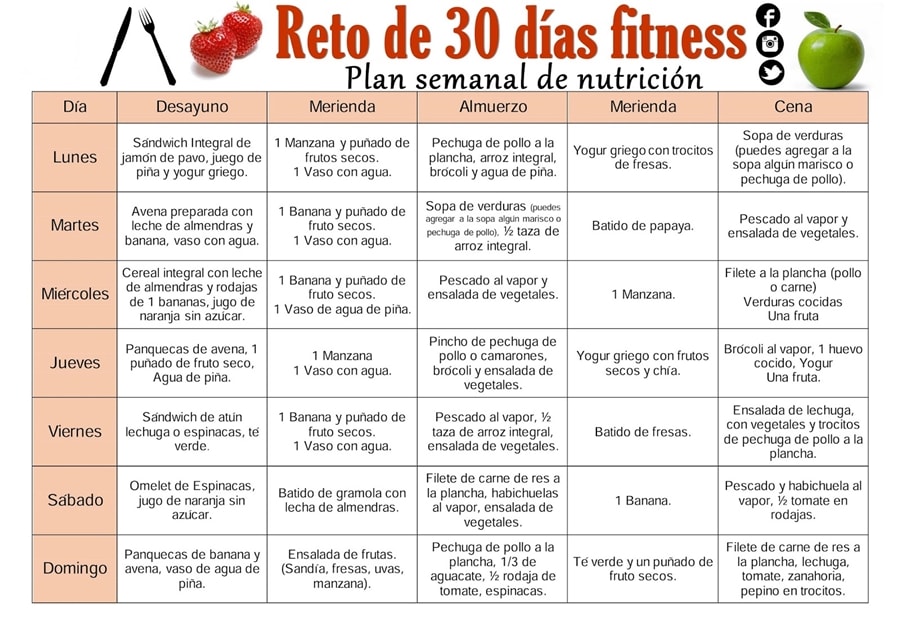 Igualmente, estos valores pueden modificarse según nuestra composición corporal. Es decir, masa grasa y masa muscular, los requerimientos por actividad física, embarazo y enfermedades.
Igualmente, estos valores pueden modificarse según nuestra composición corporal. Es decir, masa grasa y masa muscular, los requerimientos por actividad física, embarazo y enfermedades.
En cambio, en el método visual trazamos una línea imaginaria en nuestro plato completando cada tercio con los hidratos, proteínas y grasas. Utilizamos este método, mayormente, cuando ya estamos interiorizados con el peso de los alimentos y su composición. Si incluimos carbohidratos complejos (almidones, harinas, pastas) ocupara solo 1/3 del plato. En cambio, si incluimos hidratos de carbono, altos en fibra (verduras crudas y cocidas). Igualmente, podemos completar 2/3 del plato y completar la comida con una fruta.
Después completamos con 1/3 de carnes o derivados proteicos animales o vegetales y una porción de grasa vegetal (aceites, palta, frutos secos y semillas)
Más adelante te brindaremos un menú como ejemplo de la dieta de la zona para que sea más fácil comenzar a aplicarla.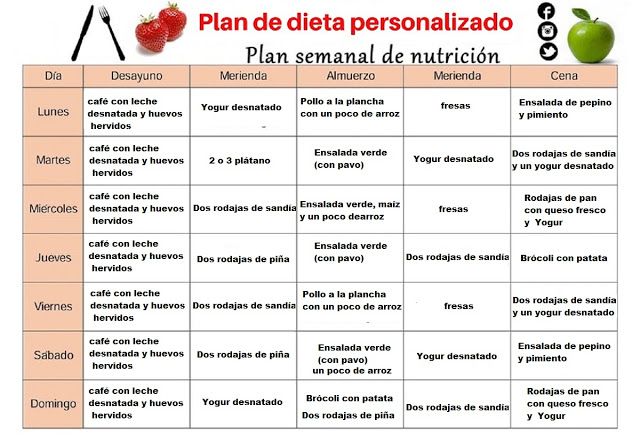
¿Cuáles son las ventajas de la dieta de la zona?
Como mencionamos antes es: equilibrada, saludable y variada.
Beneficios en las distintas situaciones:
Sobrepeso y saciedad:
Se incluyen alimentos proteicos (carnes de todo tipo, quesos) que en su composición tienen además grasas, por lo que el tiempo de digestión es elevado, produciendo así mayor saciedad, y disminuyendo la ingesta pronta de otros alimentos, colaborando en la reducción calórica sin sufrir hambre.
Diabetes, diabetes y embarazo:
La dieta de la zona incluye verduras, frutas, frutos secos y cereales en cantidades adecuadas para colaborar en el control de la glicemia. El contenido de fibra de frutas y verduras permite que el aumento de la glicemia sea gradual permitiendo la acción de la insulina. Al incluir en la misma comida alimentos proteicos y grasos, se retrasa la digestión inhibiendo el aumento de la glicemia.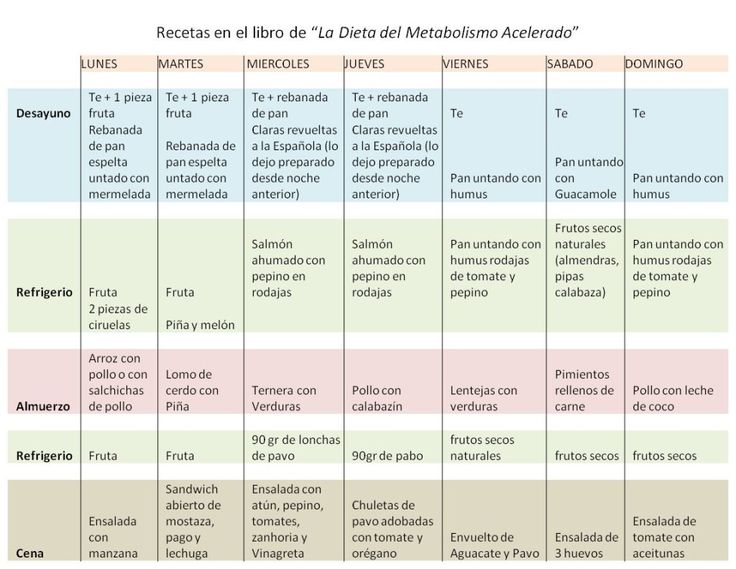 A su vez el control de las porciones de frutos secos y cereales facilita el control de peso y por lo tanto de la insulina. Recordemos que al aumentar de peso, la grasa dificulta la utilización de la insulina, por lo que esta aumenta pero no puede entrar a las células y utilizarse para disminuir la glicemia.
A su vez el control de las porciones de frutos secos y cereales facilita el control de peso y por lo tanto de la insulina. Recordemos que al aumentar de peso, la grasa dificulta la utilización de la insulina, por lo que esta aumenta pero no puede entrar a las células y utilizarse para disminuir la glicemia.
Existen situaciones en las que el embarazo se acompaña con glicemias elevadas, la dieta de la zona permite controlar las glicemias al incluir todos los grupos de alimentos y pequeñas cantidades de hidratos complejos.
Deporte:
Bien conocemos que el aporte de proteínas es fundamental para la formación de músculos, por lo que la proporción presente en la dieta de la zona permitirá aumentar la masa muscular. Sumado a esto el aporte de energía proveniente de grasas e hidratos de carbono que mejoraran la resistencia a la actividad.
Se recomienda combinar esta alimentación sana con actividad física cardiovascular y trabajo muscular, una actividad que comprende esto es Cross Fit, conocido como entrenamiento militar.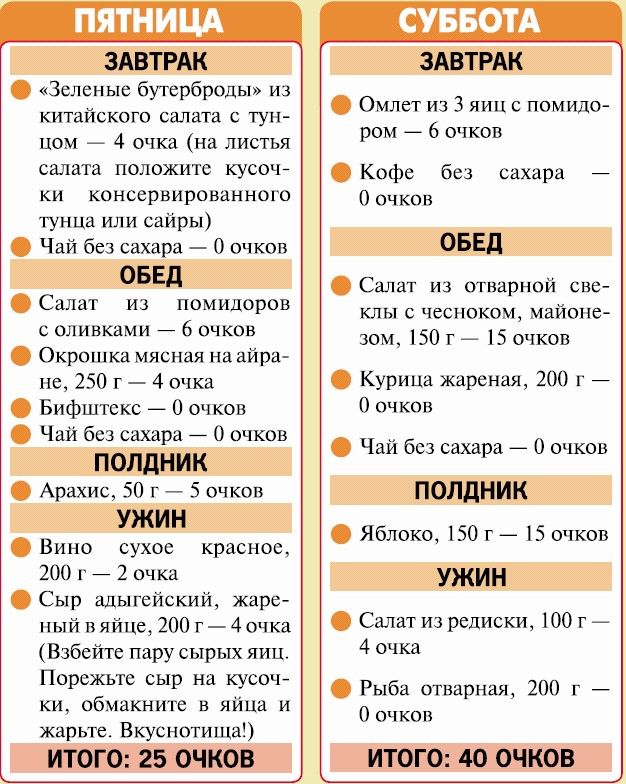
Dieta de la zona y Cross Fit:
Esta disciplina consiste en una serie de ejercicios en posta, puede combinar trabajo aeróbico como saltar la soga o saltos (llamados burpees), con trabajo muscular de flexión y extensión de brazos y piernas. El objetivo de esta actividad es mejorar la resistencia al esfuerzo, la respiración, flexibilidad, coordinación.
El periodo de actividad se divide en varias etapas: entrada en calor, entrenamiento con peso, velocidad, elongación. Por otra parte, el método de Cross Fit tiene como objetivo el bienestar y superación personal, mediante el entrenamiento y esfuerzo.
Aporte de nutrientes específicos:
Fibra:
Esta está presente en frutas, verduras, cereales integrales, legumbres, semillas y frutos secos. La dieta de la zona contiene alto porcentaje de fibra proveniente de estos alimentos, recordemos que cuanto menos procesamiento tenga el alimento, más intacta estará la fibra. Es decir, será más conveniente incluir las verduras en ensaladas. En el caso de semillas, si debe realizarse un proceso de activación que consiste en el remojo de un día a otro o en moler las mismas para facilitar su digestión.
En el caso de semillas, si debe realizarse un proceso de activación que consiste en el remojo de un día a otro o en moler las mismas para facilitar su digestión.
Omega 3 y otras grasas saludables:
La dieta de la zona contiene grasas de origen vegetal que disminuyen el riesgo de enfermedades cardiovasculares. Estas son:
El omega 3 se encuentra en semillas de lino, chía y sus aceites, aceite de canola y soja, nueces, soja y derivados (tofu), los pescados grasos como caballa, trucha, arenque, sardina, atún y salmón.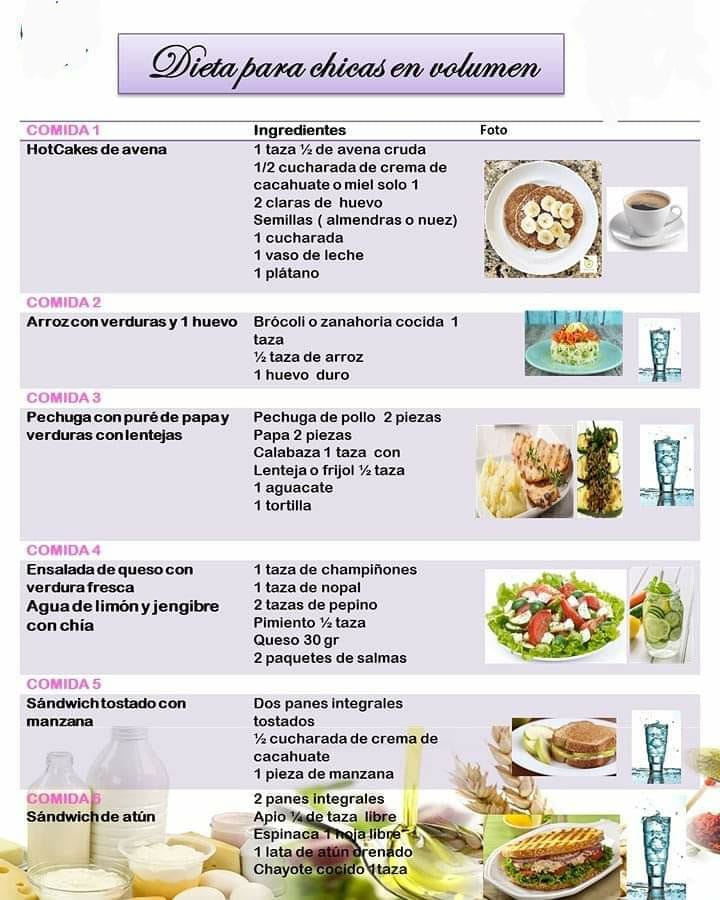
La recomendación de omega 3 de la OMS (Organización Mundial de la Salud), puede cubrirse con la ingesta de pescados grasos 2 veces por semana. También existen suplementos como Enerzona que permiten completar la recomendación. Por otra parte, el omega 6 se encuentra en aceites de soja, girasol y maíz.
Mencionamos la acción de la fibra en la diabetes, además esta contribuye a barrer el colesterol malo y mejorar la circulación de la sangre.
Antioxidantes:
Los más importantes se encuentran en la vitamina A (verduras de color naranja, rojo, amarillo), E (aceites de todo tipo) Y C (verduras de color verde, cítricos). Previenen la oxidación que producen unas sustancias toxicas llamadas radicales libres, que son las responsables de enfermedades y envejecimiento. Por lo tanto estarían contribuyendo a disminuir la inflamación celular.
¿Cuáles son las desventajas de la dieta de la zona?
Como todo régimen alimenticio existen pro y contras, te damos a conocer las desventajas de esta dieta:
Alta en proteínas:
El contenido elevado en proteínas no la hace apropiada para personas con problemas en los riñones ni adultos mayores.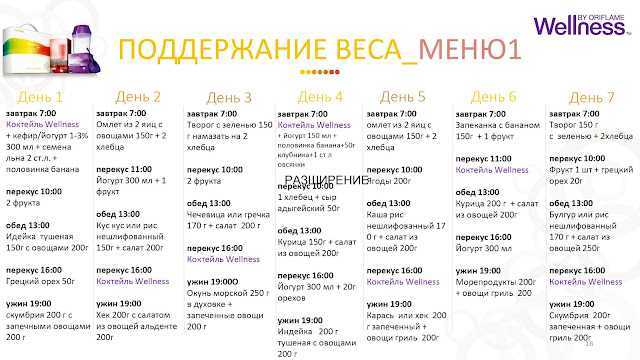 Tampoco es adecuada para personas con hipertensión. La alta carga de proteínas que debe eliminarse por riñones sobrecargaría los mismos en estas personas. Sumado a que los alimentos altos en proteínas tienen elevado contenido de sodio.
Tampoco es adecuada para personas con hipertensión. La alta carga de proteínas que debe eliminarse por riñones sobrecargaría los mismos en estas personas. Sumado a que los alimentos altos en proteínas tienen elevado contenido de sodio.
Peligro en cuanto a la selección de grasas saturadas y colesterol:
Si diariamente elegimos las carnes rojas o derivados animales como quesos y huevos en todas las comidas, el contenido de grasas saturadas seria considerablemente alto, con el consiguiente aumento del colesterol y enfermedades cardiovasculares. Este peligro disminuirá si se alternan diariamente las proteínas animales con las vegetales (legumbres, soja y derivados)
Incluye una combinación de nutrientes no adecuada para personas con gastritis o problemas intestinales:
No es apropiada para personas con problemas de digestión debido a lo que mencionamos, que al ser alto el contenido de proteínas y grasas, se retrasa la digestión, el producto de digestión de los alimentos permanece más tiempo en el estómago e intestino, provocando, acidez, hinchazón abdominal, entre otros síntomas.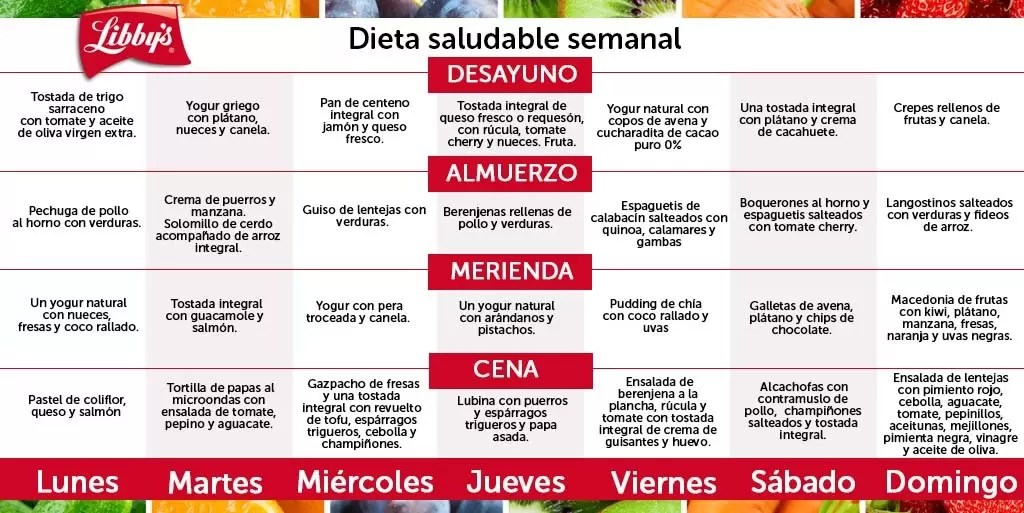
|
LUNES |
|
| DESAYUNO | Té con miñón tostado con palta con queso untable |
| ALMUERZO | Rollitos de merluza con espinaca – Puré de calabaza |
| MERIENDA | Pincho de frutas y queso |
| CENA | Tortilla de quínoa |
| MEDIA MAÑANA/MEDIA TARDE | 1 pocillo de frutillas, queso untable batido, limón y nuez |
|
MARTES |
|
| DESAYUNO | Café con leche con galletitas de lino o sésamo con queso untable |
| ALMUERZO | Carne al horno ensalada de zanahoria , remolacha rallada y pera condimentar con aceite de oliva |
| MERIENDA | Café -Huevos revueltos -Ensalada de frutas cítricas |
| CENA | Revuelto de zapallitos con mix semillas y frutos secos |
| MEDIA MAÑANA/MEDIA TARDE | Pinchos de queso, aceituna y tomates cherry |
|
MIÉRCOLES |
|
| DESAYUNO | Panqueques de ricota con mermelada y frutas frescas y secas |
| ALMUERZO | 2 Costeletitas de cerdo -Berenjenas grilladas- Ciruela |
| MERIENDA | Rollitos de queso rellenos con pasta de sésamo y tomate desecado |
| CENA | Sopa de verduras con huevo poche- Manzana |
| MEDIA MAÑANA/MEDIA TARDE | Naranja gratinada |
|
JUEVES |
|
| DESAYUNO | Cortado con tostadas con porción de queso mozzarella. Decorar con aceitunas . Decorar con aceitunas . |
| ALMUERZO | Tomates rellenos con atún y 1 cda de mayonesa bajas calorías |
| MERIENDA | Licuado de ½ banana con leche con palomitas de maíz |
| CENA | Ravioles de ricota con aceite de oliva
Con estofado |
| MEDIA MAÑANA/MEDIA TARDE | ½ Provoleta con rucula y tomate |
|
VIERNES |
|
| DESAYUNO | Submarino ( de leche de soja) con vainilla |
| ALMUERZO | Trucha grillada – Ensalada de repollo blanco y colorado-aceite de oliva-Kiwi |
| MERIENDA | Mate bombilla con omelette de manzana y nuez |
| CENA | Repollitos de brúcela con salsa blanca
Ensalada de tomate y huevo |
| MEDIA MAÑANA/MEDIA TARDE | Licuado de leche de soja con frutas y claras de huevo |
|
SÁBADO |
|
| DESAYUNO | Leche descremada caliente con 2 cdas soperas de avena y almendras |
| ALMUERZO | Salpicón de pollo con tomates cherry, rucula, zanahoria rallada, aceite
Mandarina |
| MERIENDA | Gelatina realizada con yogur descremado, espolvorear con pistacho molido |
| CENA | Ensalada de lentejas y salmón |
| MEDIA MAÑANA/MEDIA TARDE | Puré de durazno con queso y semillas de chía |
|
DOMINGO |
|
| DESAYUNO | Mate cocido con 2 galletas de arroz con jamón cocido y feta queso.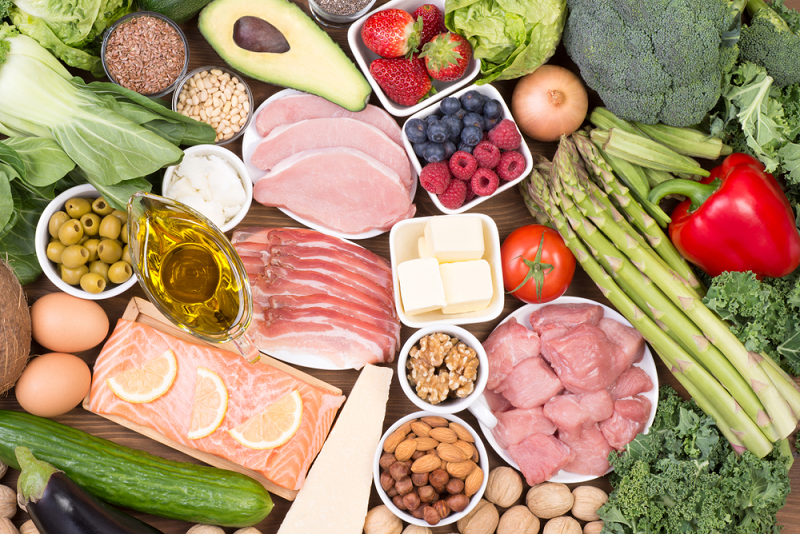 |
| ALMUERZO | Bife-Ensalada de lechuga, tomate y cebolla
cerezas |
| MERIENDA | Tofu grillado con arándanos, semillas y frutos secos tipo granola |
| CENA | Tortilla de espinaca -Ensalada de tomate y champiñones |
| MEDIA MAÑANA/ MEDIA TARDE | Algas en torre con palta, queso untable y frutas |
RECETAS EJEMPLO DE 1 DÍA DIETA DE LA ZONA:
DESAYUNO
Panqueques de ricota (crepes de requesón) con mermelada y frutas frescas y secas:
Mezclar la ricota con las yemas.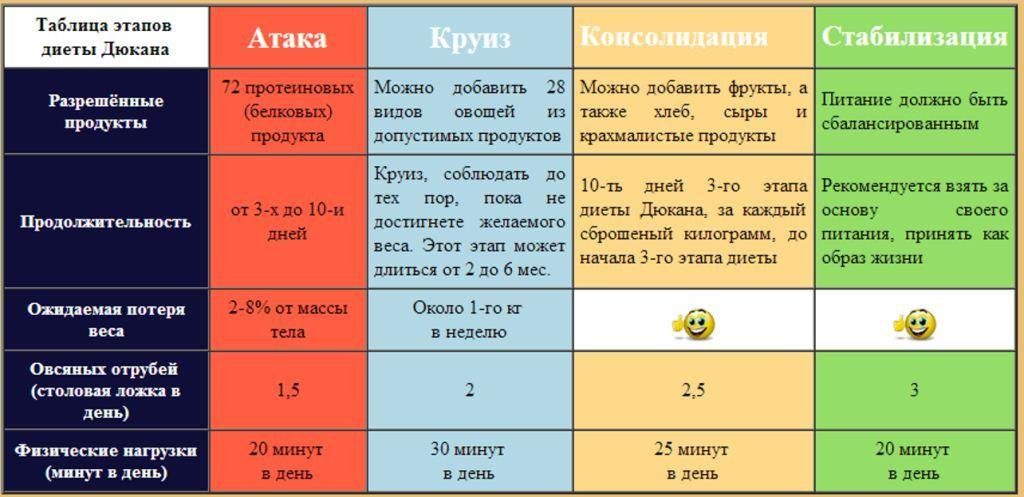 Por otro lado las claras en forma envolvente. Unir las 2 preparaciones.
Por otro lado las claras en forma envolvente. Unir las 2 preparaciones.
Colocar en placa con papel manteca. Cocinar en horno moderado hasta dorar la superficie. En frio, cortar en 3 partes.
Untar con mermelada sin azúcar, frutas cortadas finas (pera, manzana, ciruelas) y espolvorear con la nuez y almendras y avellana picadas.
ALMUERZO
Rollitos de merluza con espinaca y Puré de calabaza:
Rollitos de merluza con espinaca:
Cocinar al horno el filete de merluza enrollado relleno con espinaca y almendras picadas bien fina. Se pueden rociar con jugo de limón, condimentar con pimienta o envolver con papel aluminio.
Puré de calabaza:
Aprovechar el horno utilizado con los rollitos y acomodar las rodajas de calabaza rociadas con aceite de oliva y condimentar.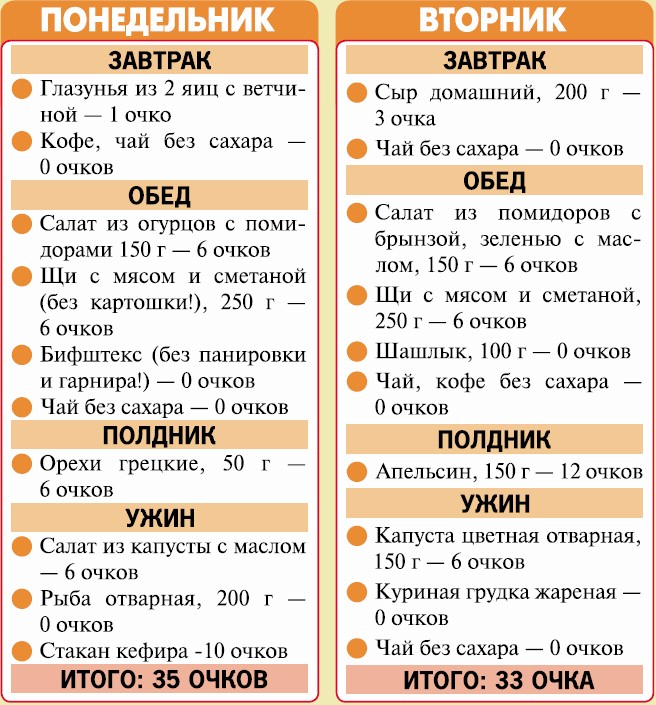
Luego realizar un puré o si lo desea puede consumirlas sin realizar el puré.
MERIENDA
Tofu grillado con arándanos, semillas y frutos secos tipo granola:
La cocción puede realizarse al horno o sartén. Dorar por un lado el tofu en daditos. Reservar. Por otro lado colocar en una fuente de horno o sartén las semillas y frutos secos, untar con aceite de oliva, remover para cubrir todo. Apenas dorar, por ultimo agregar el tofu y calentar. Consumir junto a los arándanos.
CENA
Sopa de verduras con huevo poche:
Espinaca: 10 hojas
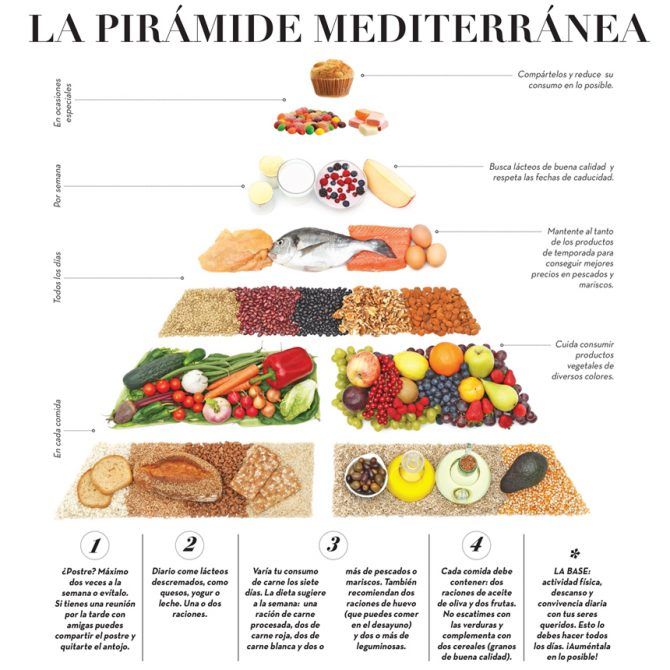 : 1 cda sopera
: 1 cda soperaCorte todos los ingredientes en cuadrados pequeños. Cubra con el agua, agregue todos los condimentos picados. Al ablandar los ingredientes, romper un huevo en la superficie, cocinar unos segundos hasta que coagule solo la clara.
APERITIVO (colación)
Naranja gratinada
Ahuecar la naranja, mezclar la pulpa con edulcorante. Cubrir con el queso, derretir. Consumir tibio.
Dieta de la zona y productos Enerzona:
Los suplementos Enerzona permiten completar la recomendación de Omega 3, importante en la reducción de la inflamación celular. Se comercializan en capsulas y líquido, se encuentran certificados lo que asegura su pureza.
Por otra parte los productos enerzona contienen: alta concentración de omega 3, se acompaña de vitamina E, antioxidante, lo que protege sus virtudes.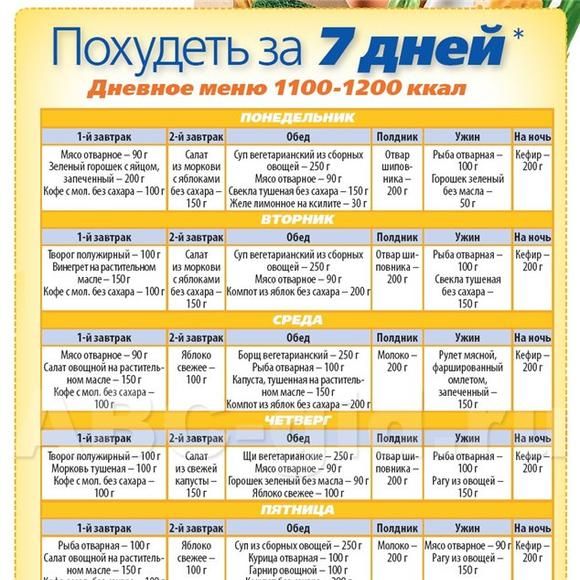
La desventaja de los suplementos enerzona radica, en que para cubrir la recomendación de la OMS deben consumirse 4 capsulas diarias. Y el costo es elevado.
Existen también productos nutricionales como barras, snacks, muesli, chips, proteínas de soja y suero de leche. Estos productos pueden complementar la alimentación y colaborar con aquellos que no tienen el tiempo para cocinar o como alternativas saludables que aseguran la composición 40-30-30. Se pueden incluir diariamente, en algunas de las comidas para completar la alimentación.
Tabla de alimentos de la dieta de la zona
Entonces, ¿Qué es la dieta de la zona? Es una alimentación equilibrada, saludable y variada. Sólo se debe tener en cuenta la selección de alimentos dentro de cada grupo de los mismos. Dentro de los hidratos de carbono, seleccionar los complejos (harinas, pastas, papa, batata, choclo, legumbres) en el momento que se va a realizar un mayor gasto físico.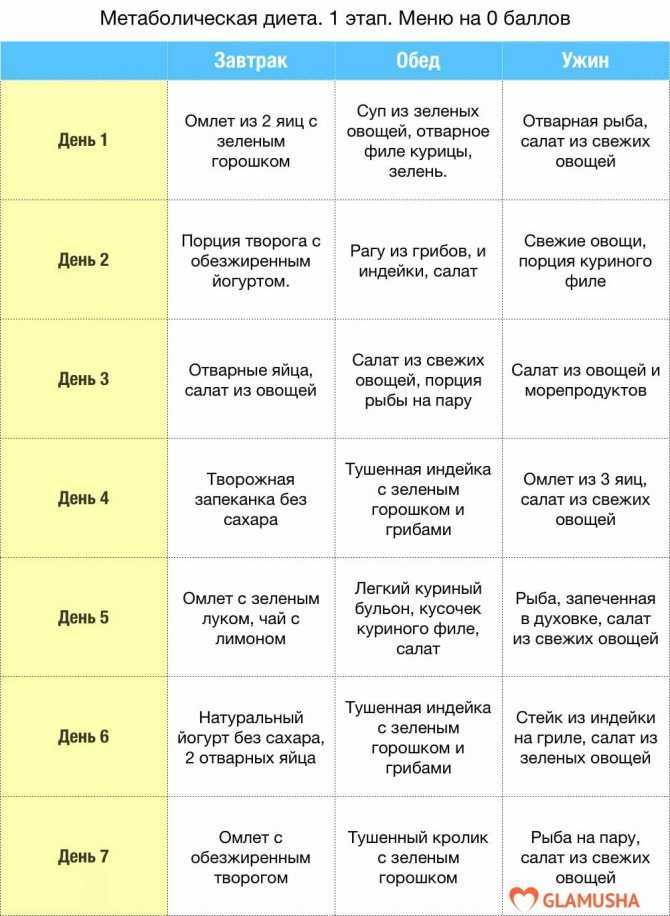 Y de los simples (frutas, verduras) en los periodos de reposo.
Y de los simples (frutas, verduras) en los periodos de reposo.
De las proteínas, optar algunos días de la semana por fuentes animales, y otros seleccionar proteínas vegetales. De esta forma, no consumiremos cantidades elevadas de grasas saturadas y colesterol presentes en los alimentos animales. Del grupo de grasas preferir las grasas vegetales, presentes en aceites de oliva, semillas y sus aceites y frutos secos. Los cuales, no contienen colesterol y cuentan con valores altos de omega 3 y 6, que colaboran en disminuir la inflamación celular.
No olvidar que es una alimentación alta en proteínas por lo que en ningún caso es recomendable en personas con problemas renales ni adultos mayores que pierden parte de la función renal asociado a la edad.
Recuerda que, debe además, acompañarse con actividad física, siendo la recomendada en este caso al estilo de cross fit.
Zone Diet: Reducing Diet-induced Inflammation
When people hear the word diet, the first thought that springs into mind is a short period of time filled with hunger and deprivation so they can fit into a swimsuit and then go back to their old eating habits.
Actually, the word diet comes from the ancient Greek root that means “way of life.” Diet is a life-long dietary pattern for some hopefully noble purpose like enjoying a longer healthspan. Diet also generally means discipline, but only if the longer-term purpose is worth it. The goal of the Zone Diet is to reduce the intensity of diet-induced inflammation by attenuating the hormonal factors that increase the intensity of the inflammatory response. That results in a longer healthspan.
Controlling diet-induced inflammation significantly reduces the amplification of existing unresolved cellular inflammation, thus reducing the likelihood of the development of chronic disease. This is why the Zone Diet is the necessary first step of optimizing your Resolution Response. Without a consistent dietary strategy to reduce diet-induced inflammation, you are entrusting your future to genetic good luck (it sometimes happens) or abdicating your future to the drug companies to manage symptoms of some future chronic disease.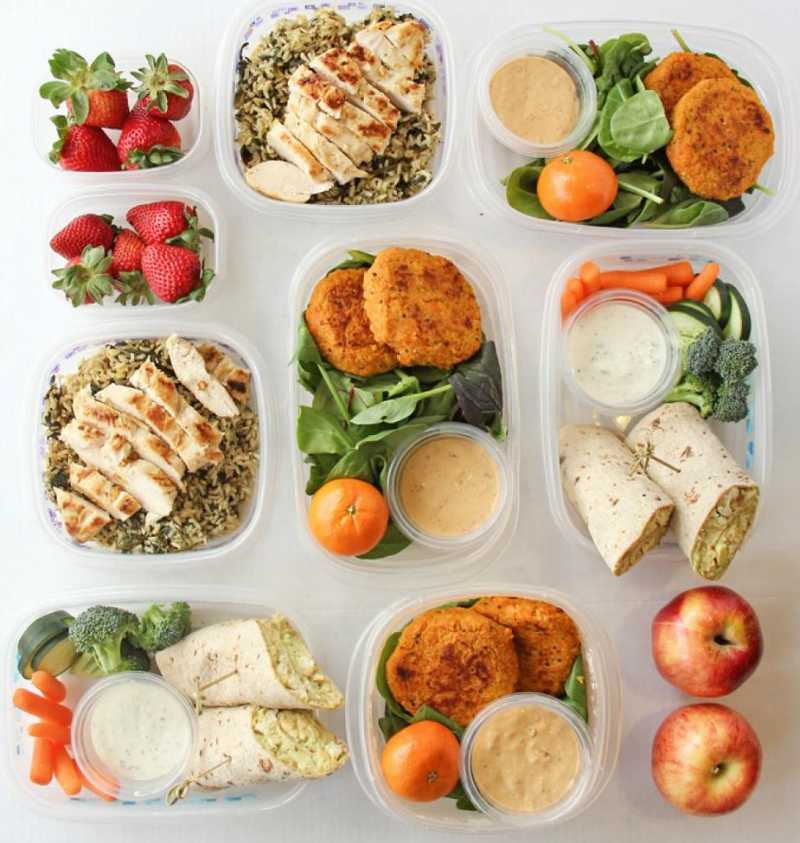 Unfortunately, drugs will become increasingly more expensive (even those that are generic) as well as making it more likely that you will become a walking polypharmacy taking even more drugs to counteract the side effects of the original drugs.
Unfortunately, drugs will become increasingly more expensive (even those that are generic) as well as making it more likely that you will become a walking polypharmacy taking even more drugs to counteract the side effects of the original drugs.
Molecular Basis of the Zone Diet
The Zone Diet is primarily based on hormonal control theory. The body works best on the concept of homeostasis. Think of this concept as a biological thermostat keeping the levels of hormones in the blood within certain operating limits (i.e., a zone). The Zone Diet was developed to keep these hormones in such a zone if you are willing to treat your diet as if it were a drug taken at the right dose and at the right time.
In the 1990s the diet debate centered on eliminating so-called “evil” foods. For some like Dean Ornish, it was fat. For others, like Robert Atkins, it was carbs. Neither one understood the impact of the diet on the hormonal balance that affected the generation of pro-inflammatory eicosanoids that caused inflammation, which in turn results in insulin resistance.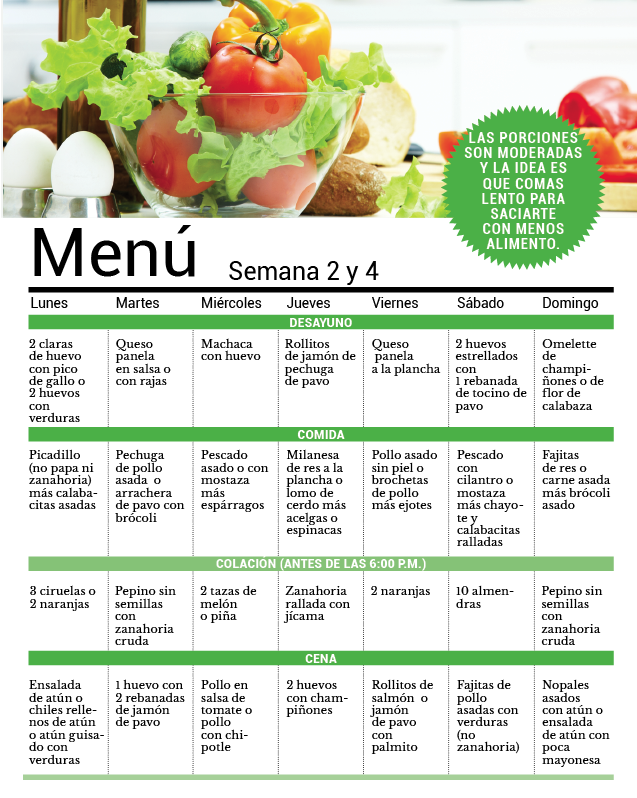
In reality, both were partially right and partially wrong. Ornish was partially correct that the wrong types of fat (omega-6 fats and palmitic acid) were very pro-inflammatory. But that was no excuse to throw the baby out with the bathwater by eliminating almost all fat and all animal protein because it also contained fat.
Likewise, Atkins was partially correct that consuming too many carbohydrates (especially high glycemic ones like grains and starches) relative to protein would disturb the protein-to-carbohydrate ratio necessary to stabilize blood glucose levels. But by removing most of the dietary carbohydrates, Atkins had also removed the fermentable fiber and polyphenols needed for gut health thereby increasing the likelihood of gut-derived inflammation caused by a leaky gut. At the same time, he was advocating all the benefits of ketosis by eating more fat (especially butter) unaware of the pro-inflammatory properties of saturated fatty acids such as palmitic acid, which is the primary saturated fatty acid in butter. The Atkins diet also perturbs the protein-to-carbohydrate ratio to induce ketosis. One hormonal result consequence of ketosis is to induce the production of excess cortisol that would break down muscle to convert it into glucose for maintaining brain function. The increase in cortisol not only increases insulin resistance but also depresses the immune system.
The Atkins diet also perturbs the protein-to-carbohydrate ratio to induce ketosis. One hormonal result consequence of ketosis is to induce the production of excess cortisol that would break down muscle to convert it into glucose for maintaining brain function. The increase in cortisol not only increases insulin resistance but also depresses the immune system.
The Zone Diet was ideally suited to moderate the hormonal extremes advocated by either Ornish or Atkins as shown below.
You need some carbohydrates, but not too much to maintain a balance of insulin. You also need some protein at every meal, but not too much to maintain glucagon levels that help maintain blood glucose levels. Finally, you also need some non-inflammatory fat at each meal, but not too much, to help release one of the satiety hormones (CKK) from the gut to help maintain satiety as well as provide taste.
However, the ultimate controlling factor for insulin levels in the blood is not the levels of carbohydrate in an individual meal, but the degree of insulin resistance a person currently has.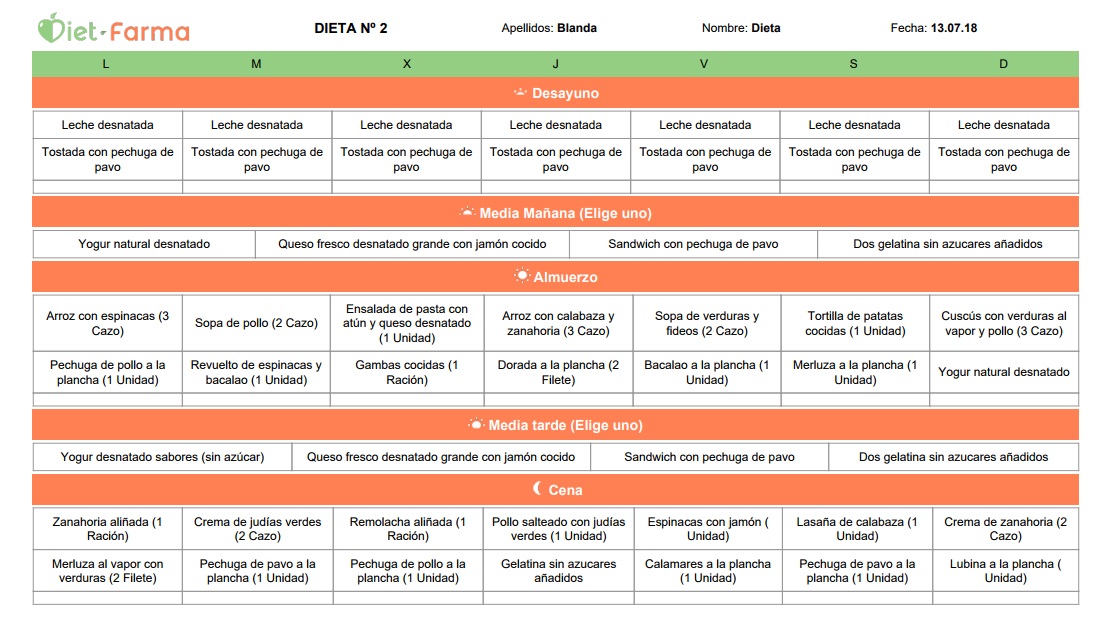 That is determined by their levels of cellular inflammation in insulin-sensitive tissues like the muscle, liver, fat cells, and hypothalamus in the brain. It is insulin resistance that keeps blood insulin levels constantly elevated. This is known as hyperinsulinemia. This same insulin resistance also makes it difficult for the hypothalamus in the brain to correctly receive satiety signals that tell you to stop eating. It is not insulin per se that makes you fat and keeps you fat, but insulin resistance that makes you fat and keeps you fat. Thus, the primary goal of the Zone Diet is to first reduce insulin resistance, and then followed to prevent it from returning. To accomplish both goals you have to maintain a relatively constant protein-to-glycemic load ratio at each meal while restricting calories without hunger or fatigue.
That is determined by their levels of cellular inflammation in insulin-sensitive tissues like the muscle, liver, fat cells, and hypothalamus in the brain. It is insulin resistance that keeps blood insulin levels constantly elevated. This is known as hyperinsulinemia. This same insulin resistance also makes it difficult for the hypothalamus in the brain to correctly receive satiety signals that tell you to stop eating. It is not insulin per se that makes you fat and keeps you fat, but insulin resistance that makes you fat and keeps you fat. Thus, the primary goal of the Zone Diet is to first reduce insulin resistance, and then followed to prevent it from returning. To accomplish both goals you have to maintain a relatively constant protein-to-glycemic load ratio at each meal while restricting calories without hunger or fatigue.
Notice from the diagram that describes the Zone Diet that the shape of protein-to-glycemic load ratio is a bell-shaped curve simply because not everyone is genetically the same.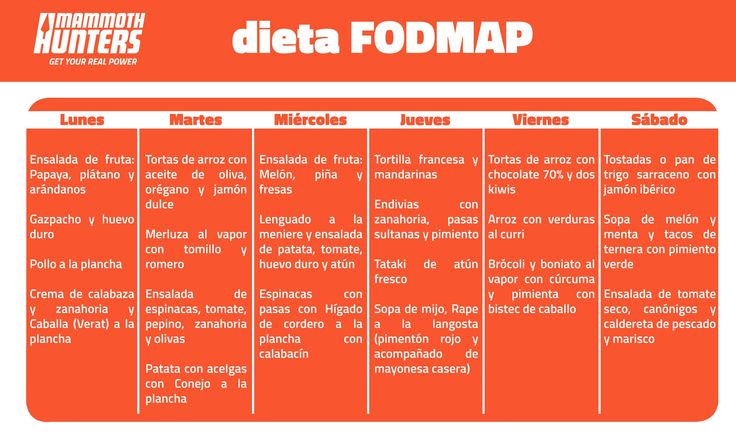 But on the other hand, they aren’t that genetically different either.
But on the other hand, they aren’t that genetically different either.
Problems with Diet Studies
One of the reasons there is so much confusion with diet studies is they are often poorly controlled. Well-controlled diet studies require that you that provide all the food to the subjects so that they don’t have to think. Such studies are difficult to do as well as being very costly. As a result, very few are ever done. Most diet studies just give their subjects some simple written instructions with limited education and hope that they will follow them. Such an approach rarely works for any long-term studies because people tend to revert to their old dietary habits even trying to follow four different diets over a two-year period as shown by Harvard in 2009.
Even more confusing results come from epidemiological studies of populations that make dietary assumptions that best fit the gathered data. In reality, epidemiological studies are only useful in generating a hypothesis to be clinically tested.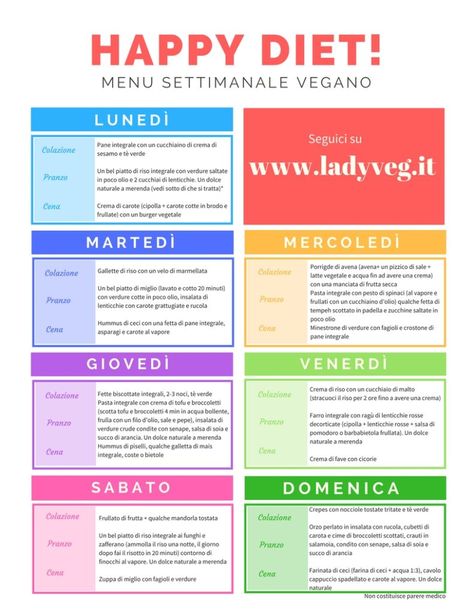 It’s much easier to take the mass of data from epidemiological studies and put into the computer and see what comes out. Consider this to be the “wisdom of the crowd.” As an example, epidemiological studies were done at Harvard that indicated women who took birth control pills appeared to live longer. On the basis of those studies, over $260 M was spent on a 10-year study to confirm their hypothesis. Unfortunately, the clinical trial based on their positive epidemiological studies found those who were using birth control pills had higher levels of cancer.
It’s much easier to take the mass of data from epidemiological studies and put into the computer and see what comes out. Consider this to be the “wisdom of the crowd.” As an example, epidemiological studies were done at Harvard that indicated women who took birth control pills appeared to live longer. On the basis of those studies, over $260 M was spent on a 10-year study to confirm their hypothesis. Unfortunately, the clinical trial based on their positive epidemiological studies found those who were using birth control pills had higher levels of cancer.
However, the worse trials may be meta-analysis diet studies that take a lot of different studies with different protocols and try to analyze the resulting mix. It’s like making scientific sausage.
Even well-controlled diet studies are far more complex than drug studies as you have four variables to control: protein, carbohydrate, fat, and calories. At least two of these diet variables must be held constant to compare the impact of the other two dietary variables.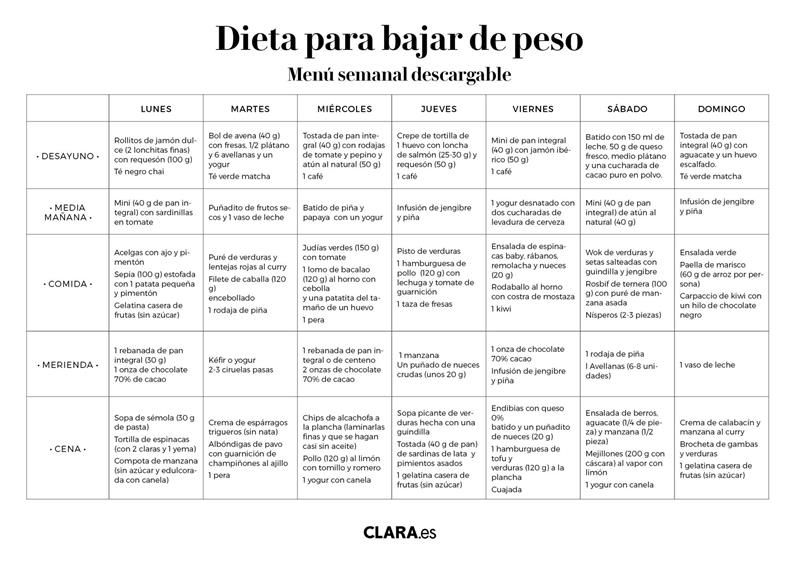 As an example, you can keep the total calories and protein intake constant, and then compare the effects of varying the fat and carbohydrate intakes. And then you need to do it again for the next two variables, and again and again, until you have conducted eight separate long-term studies. Furthermore, you have to supply much, if not all the food, to ensure compliance.
As an example, you can keep the total calories and protein intake constant, and then compare the effects of varying the fat and carbohydrate intakes. And then you need to do it again for the next two variables, and again and again, until you have conducted eight separate long-term studies. Furthermore, you have to supply much, if not all the food, to ensure compliance.
My first book, The Zone, put many nutritional academics’ elegant epidemiological constructs in doubt, and thus created a firestorm within the scientific community. But unlike most popular book authors who haven’t done any academic research, I had a solid publication record and strong patent portfolio. In other words, I knew a thing or two about research.
Soon after The Zone was published, David Ludwig at Harvard Medical School asked me to give a talk at the department of pediatric endocrinology because he had read the book and found the scientific concepts behind the Zone interesting, although highly controversial.
After my lecture they were intrigued, because if I was right, then everyone else in nutrition might be wrong. So, David and a group of those Harvard researchers wrote a government grant to do a study to determine if my predictions of the effect of the Zone Diet on hormone responses might be correct. The proposed grant to the government was promptly turned down because the concept was considered too outlandish by the reviewers. Undaunted, they reached into their internal slush funds and did the study themselves. It was a well-crafted and very clever study. Their subjects were obese adolescents brought to Harvard on three separate occasions over a two-month period to test the effect of three different meal combinations on their hormonal responses. On each visit, the child was provided a Zone meal for dinner and stayed overnight in the metabolic ward. They were awakened at 6 a.m. the next day and had catheters put into their arms to monitor their blood levels to determine how each meal affected their hormones.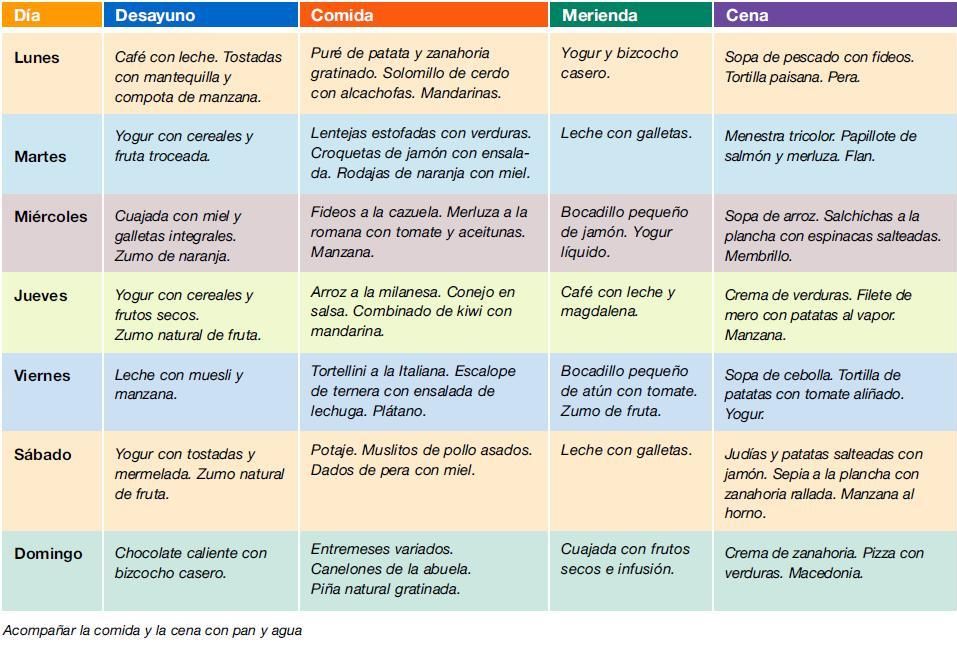 Then they received one of three different meals on each visit for breakfast. All of the meals contained the same number of calories (about 400), but had different ratios of protein-to-carbohydrate. One of them was a Zone meal consisting of an egg white omelet with some low-fat cheese and a bowl of slow-cooked oatmeal. On the other two other visits, they were given meals that were higher in carbohydrates and lower in protein than the Zone meal, but with different glycemic loads. Then they measured the hormone levels in the blood of each child for the next five hours. The results confirmed the predictions I had made earlier at my seminar about the hormonal effects of the protein-to-the glycemic load ratio of the meal. Five hours after eating each test breakfast meal, the catheters were removed from their arms and then the children were given the same meal for lunch that they had for breakfast on that particular visit. Then they brought the children into a conference room with TVs and comic books where they sat for the next five hours.
Then they received one of three different meals on each visit for breakfast. All of the meals contained the same number of calories (about 400), but had different ratios of protein-to-carbohydrate. One of them was a Zone meal consisting of an egg white omelet with some low-fat cheese and a bowl of slow-cooked oatmeal. On the other two other visits, they were given meals that were higher in carbohydrates and lower in protein than the Zone meal, but with different glycemic loads. Then they measured the hormone levels in the blood of each child for the next five hours. The results confirmed the predictions I had made earlier at my seminar about the hormonal effects of the protein-to-the glycemic load ratio of the meal. Five hours after eating each test breakfast meal, the catheters were removed from their arms and then the children were given the same meal for lunch that they had for breakfast on that particular visit. Then they brought the children into a conference room with TVs and comic books where they sat for the next five hours. The room’s conference table was covered with foods like sandwiches, doughnuts, chips, and the children were told they could help themselves to any of these food items if they got hungry. When the Harvard researchers tallied up the resulting food intake, they found those who had consumed two Zone meals back-to-back consumed 46 percent fewer calories compared to when they had eaten the two high-glycemic load meals with less protein but same number of calories. The children simply were not hungry after eating the two consecutive Zone meals. After that study, the glycemic load became a hot topic at Harvard. Later they performed a similar study with obese adults and found that the Zone Diet reduced inflammation nine times more effectively than the then-standard diet currently being recommended by the USDA.
The room’s conference table was covered with foods like sandwiches, doughnuts, chips, and the children were told they could help themselves to any of these food items if they got hungry. When the Harvard researchers tallied up the resulting food intake, they found those who had consumed two Zone meals back-to-back consumed 46 percent fewer calories compared to when they had eaten the two high-glycemic load meals with less protein but same number of calories. The children simply were not hungry after eating the two consecutive Zone meals. After that study, the glycemic load became a hot topic at Harvard. Later they performed a similar study with obese adults and found that the Zone Diet reduced inflammation nine times more effectively than the then-standard diet currently being recommended by the USDA.
There have been more than thirty published studies on the Zone Diet where it has been compared to either high-carbohydrate diets or ketogenic diets. Each study came to the same conclusion that the Zone Diet is superior in hormonal control, blood sugar control, blood lipid control, appetite control, fat loss, and most importantly, the reduction of cellular inflammation.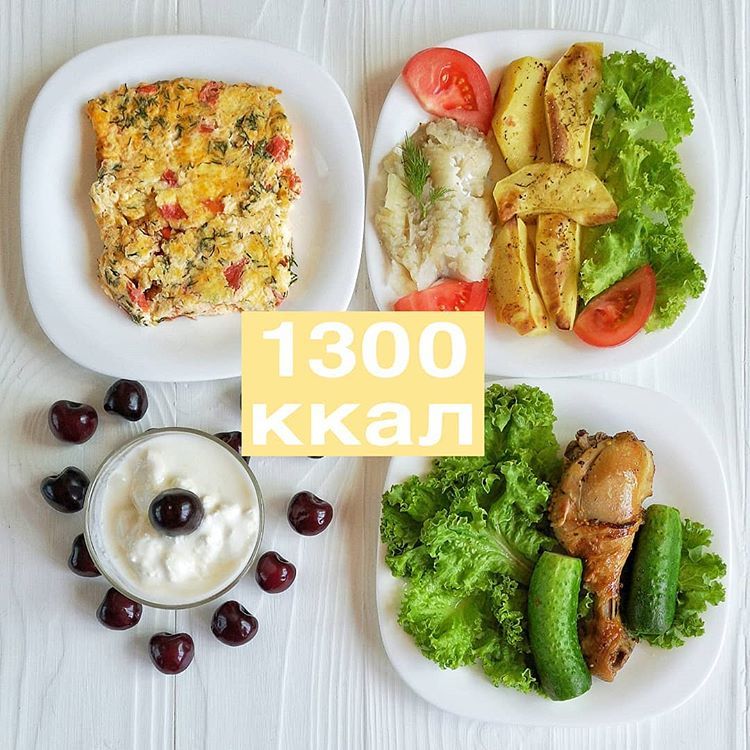
Zone Diet: Calorie Restriction Without Hunger or Fatigue
One of the problems the nutritional community had with the concept of the Zone Diet is they apparently never completely read any of my books. When they saw my recommendation that 30 percent of the calories on the Zone Diet should come from low-fat protein, their immediate response was that the Zone Diet was a high-protein, ketogenic diet that would damage the kidneys and immediately stopped reading the book. If they continued reading just a little further, they would have seen that on the Zone Diet you were actually consuming more carbohydrates than protein, so it couldn’t be considered at high-protein diet nor could it generate ketosis. Furthermore, they didn’t realize that the Zone Diet was also a calorie-restricted diet so that the absolute amount of protein was no more than what Americans were currently eating but spread out more evenly through the day like the intravenous delivery of a cancer drug.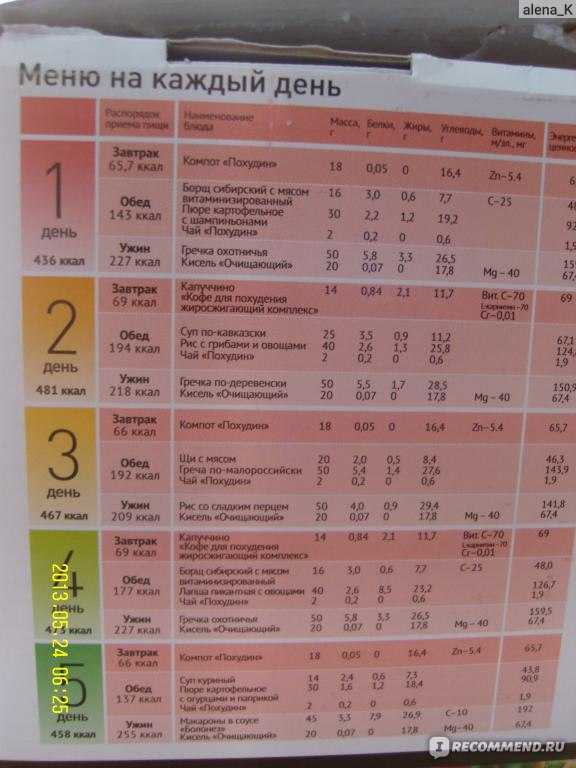
Calorie-restriction is not a new concept, but it usually entails constant hunger and fatigue. What was unique about the Zone Diet was the potential that calorie restriction could be practiced for a lifetime without hunger or mental fatigue because of the hormonal effects generated by the balance of the protein-to-the glycemic load would stabilize blood sugar levels between meals.
History of calorie restriction
The oldest form of calorie restriction is fasting. It was mentioned by Hippocrates and practiced by many religious sects. Fasting is the most extreme version of calorie-restriction because it forces the body to cannibalize itself. Initially, fasting has some beneficial actions such as activating the gene transcription factor AMP kinase, that controls our metabolism to provide the energy needed for the repair of damaged tissue. One of the first consequences of initial fasting is that the activation of AMP kinase accelerates a process called autophagy in which your cell’s damaged molecules are recycled into new materials required for cellular repair.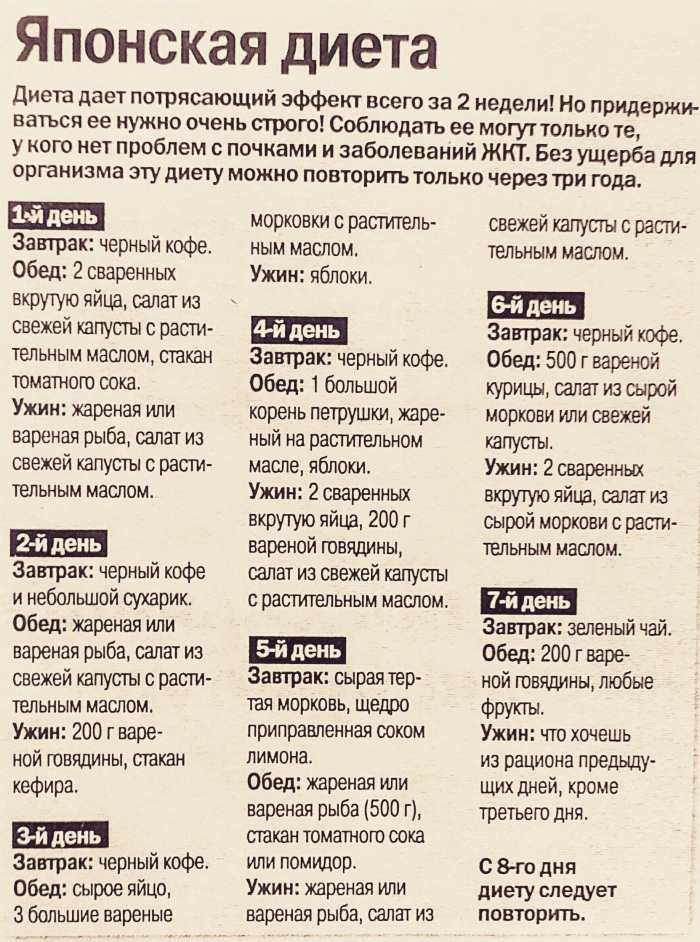 It’s like taking out the garbage. But after all the garbage is cleaned up, if you continue fasting, your body starts digesting protein from healthy tissue to supply glucose for the brain. This happens through a process known as neo-glucogenesis mediated by increasing the levels of the hormone cortisol. Initially during neo-glucogenesis, you lose non-essential protein such as the hair and facial muscle. Eventually, the process extends to digesting essential muscle tissue like the heart. (This is why you can’t fast for more than 50 days—eventually you will die of heart failure.)
It’s like taking out the garbage. But after all the garbage is cleaned up, if you continue fasting, your body starts digesting protein from healthy tissue to supply glucose for the brain. This happens through a process known as neo-glucogenesis mediated by increasing the levels of the hormone cortisol. Initially during neo-glucogenesis, you lose non-essential protein such as the hair and facial muscle. Eventually, the process extends to digesting essential muscle tissue like the heart. (This is why you can’t fast for more than 50 days—eventually you will die of heart failure.)
Dying due to complete fasting is not a desired outcome for achieving optimal health. Perhaps a less severe method of calorie reduction other than fasting might work. The goal of calorie restriction is to consume the least number of calories while supplying adequate essential nutrients we need to survive including protein, essential fats, as well as vitamins and minerals.
The first recorded evidence of the long-term benefits of a calorie-restricted diet came from Luigi Cornaro, a 15th century Venetian nobleman.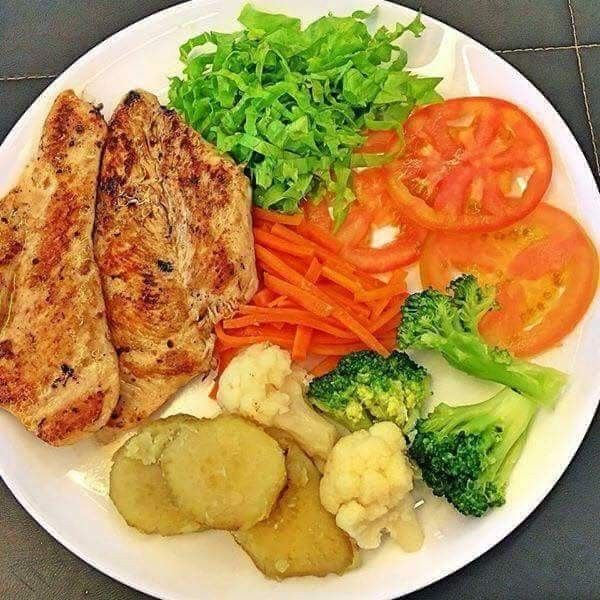 By his late 30s Luigi Cornaro was near death due to his lavish lifestyle of excess food, drink, and the good life. He started a rigorous calorie-restriction program consuming only about twelve ounces of food per day consisting of coarse grain bread, meat broth with a little protein and an egg yolk, vegetable soups, and about three glasses of unaged (new) wine. It worked. He wrote his first diet book (Discourses on the Temperate Life) at age 83 and managed to write two more books on calorie restriction and longevity before dying at 102.
By his late 30s Luigi Cornaro was near death due to his lavish lifestyle of excess food, drink, and the good life. He started a rigorous calorie-restriction program consuming only about twelve ounces of food per day consisting of coarse grain bread, meat broth with a little protein and an egg yolk, vegetable soups, and about three glasses of unaged (new) wine. It worked. He wrote his first diet book (Discourses on the Temperate Life) at age 83 and managed to write two more books on calorie restriction and longevity before dying at 102.
Now we can fast forward to 1935 when Clive McCay demonstrated that restricting calories (but not nutrition) in rats resulted in a significant increase in their lifespans. His experiments have been repeated in a large number of species, including monkeys that are the most genetically similar to humans. Although the increase in lifespan is not as great as with less evolved organisms, the increase in healthspan is significant because of the delay in the development of a wide variety of chronic diseases.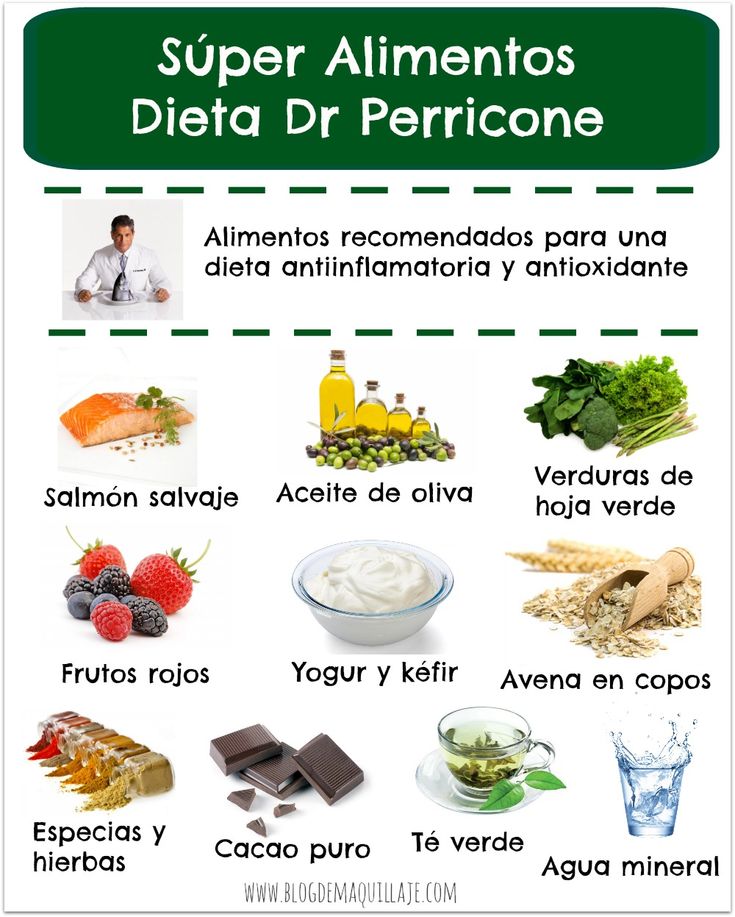
What about humans? Here the clinical data is much more limited. Much of it comes from the CALERIE (Comprehensive Assessment of Long-Term Effects of Reducing Intake of Energy) trials in which either overweight or normal-weight individuals were asked to reduce their calorie intake by 25 percent over a two-year period. By the end of two years, only about half that calorie restriction goal (about a 12 percent reduction in calories) was actually reached. While they lost body fat (as well as muscle mass), interestingly their levels of insulin-like growth factor (IGF-1) did not decrease. This is the opposite effect found in all the animal experiments suggesting that humans are probably metabolically different than rats.
One likely reason the subjects couldn’t achieve the projected level of calorie restriction was they were probably always hungry because of an unbalanced ratio of the protein-to-glycemic load used in those studies. Frankly, who wants to be hungry for two years, let alone the rest of their life? The Zone Diet solves that problem because as I will show you shortly, it is actually difficult to eat all the food on the Zone Diet even when restricting calories.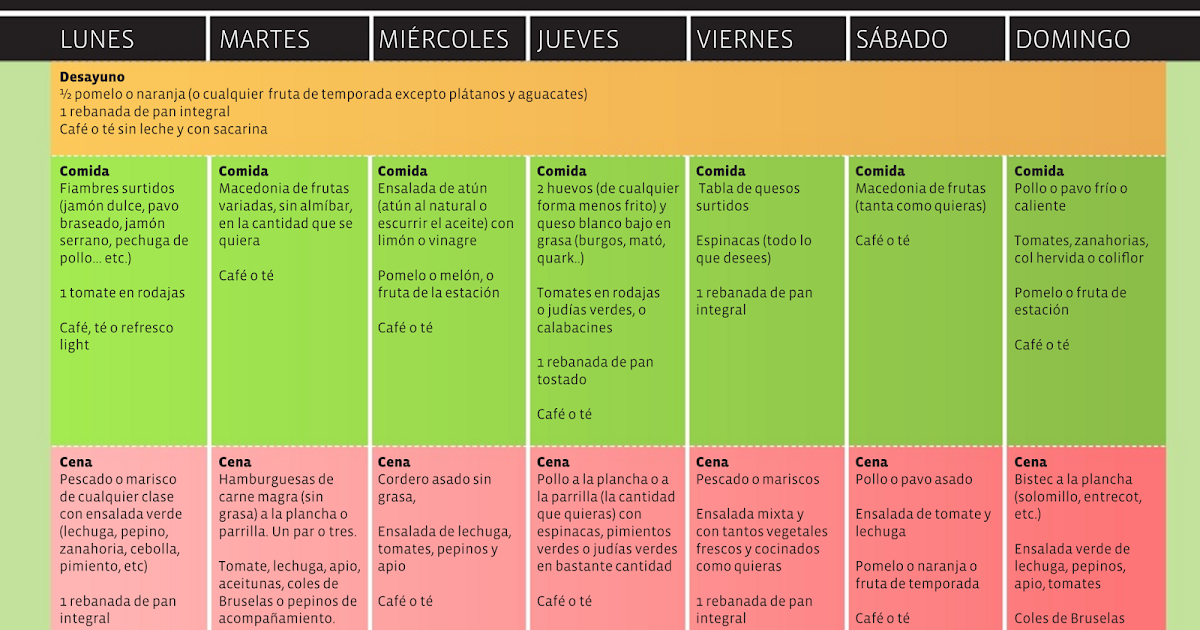 I call it the Zone Paradox.
I call it the Zone Paradox.
The Zone Paradox
One of the reasons the nutritional community has such a hard time in understanding the Zone Diet is because its starting point is not the number of calories you need, but the amount of protein required to maintain your muscle mass. You have plenty of calories already stored as excess body fat that can be released for your energy needs, but only if you can reduce the insulin resistance that keeps those fatty acids trapped in your fat cells.
When you lose muscle, you not only lose strength, but also you lose the primary depot in the body to dispose of excess glucose in the blood. The amount of protein you need on a daily basis to maintain your current muscle mass depends on two factors: (1) the amount of muscle mass you have, and (2) how physically active you are. Neither of these factors come from a bathroom scale, but you can easily calculate them using tables I have published in my earlier books or using a simple calculator found at www.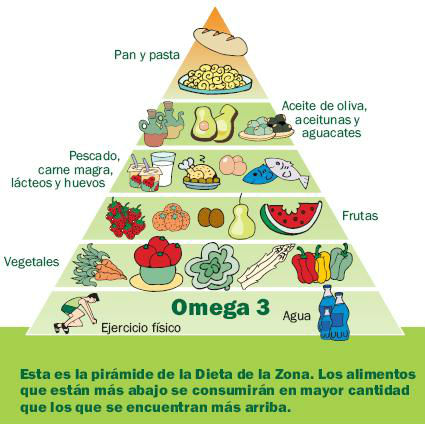 zonediet.com/resources/body-fat-calculator.
zonediet.com/resources/body-fat-calculator.
Not surprisingly males need more protein than females to maintain their higher levels of muscle mass. Also, as you might expect, athletes have more muscle mass than their sedentary peers and require more dietary protein to maintain their higher level of existing muscle mass. Furthermore, they require even additional dietary protein to replace the muscle protein damaged during intense exercise. In other words, the amount of protein you need on a daily basis to maintain your muscle mass is unique to you.
Once you determine the amount of protein you need on a daily basis to maintain your existing muscle mass, then you simply divide that amount of protein evenly at every meal like you would when taking a drug. For most females that will be about 3 ounces of low-fat protein at a meal and for most males that will be about 4 ounces of low-fat protein at each meal (this is essentially the size and thickness of the palm of your hand). In either case, these are not excessive amounts of protein.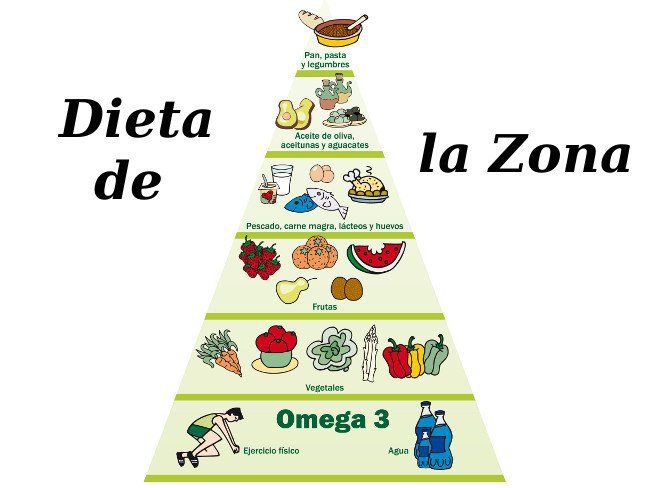 In fact, this is exactly the same recommendation of every dietician in the world who state that you should never consume more low-fat protein at any meal than you can fit on the palm of your hand. I totally agree. I only add that you should never consume any less low-fat protein than that at any meal otherwise you will not consume enough protein to induce satiety for the next five hours. It should be noted that male or female athletes will need slightly more protein than the average person, but not that much as I will discuss later.
In fact, this is exactly the same recommendation of every dietician in the world who state that you should never consume more low-fat protein at any meal than you can fit on the palm of your hand. I totally agree. I only add that you should never consume any less low-fat protein than that at any meal otherwise you will not consume enough protein to induce satiety for the next five hours. It should be noted that male or female athletes will need slightly more protein than the average person, but not that much as I will discuss later.
Frankly, I don’t care where the protein comes from as long as it is low-fat protein because your goal is to set the hormonal balance to increase the release of excess stored body fat to be used for energy. This also ensures you are consuming protein that is low in saturated fat, especially palmitic acid that is the most pro-inflammatory of the saturated fats. That low-fat protein could be chicken, fish, very lean red meat, egg whites, dairy, tofu, or plant-based meat substitutes.
Thus, the first step of constructing a Zone meal is based on the amount of protein you need. The next step for making a Zone meal is you have to balance the protein at each meal with the right amount of carbohydrates. That’s about a third more carbohydrates than protein in terms of grams. The types of carbohydrates for the best hormonal response is determined by your current level of insulin resistance. For most individuals that will be about three to four servings of non-starchy vegetables at each meal and adding a little fruit like a half-cup of berries or a very small piece of fruit, such as half a small apple. Both types of carbohydrates are known as low-glycemic carbohydrates because the glucose in them doesn’t enter the blood at a rapid rate. Such a meal will automatically be rich in fermentable fiber and polyphenols that are essential for gut health.
Finally, to complete your Zone meal, you add a dash (that’s a small amount) of monounsaturated fat like olive oil, guacamole or slivered nuts.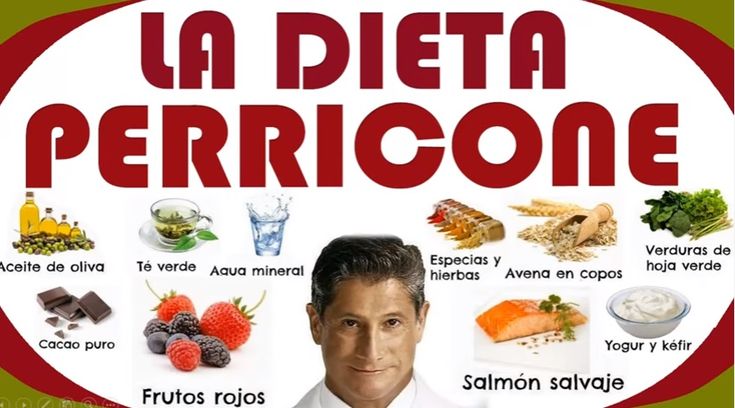 A dash can be considered a teaspoon of olive oil, a tablespoon of guacamole or 1/3 ounce of nuts. That’s it for a Zone meal. Now just repeat the same template meal after meal and you are following the Zone Diet.
A dash can be considered a teaspoon of olive oil, a tablespoon of guacamole or 1/3 ounce of nuts. That’s it for a Zone meal. Now just repeat the same template meal after meal and you are following the Zone Diet.
The Zone Diet is a calorie-restricted diet that is protein-adequate, carbohydrate-moderate (but rich in fermentable fiber and polyphenols), and low in fat, It is also very difficult to eat all the food because you would be eating ten servings of vegetables and fruits per day. At the same time, you are stabilizing blood glucose levels for the brain as well as sending satiety signals (by consuming adequate protein at each meal) from the gut to the brain directly via the vagus nerve that tells you to stop eating. Who could argue with that? Apparently every “expert” in nutrition.
Doing the Math
I have come to conclude that one of reasons nutritional science is in such a morass is that no one ever does the simple math for different diets. First, the only way you are going to lose excess body fat is to restrict calories.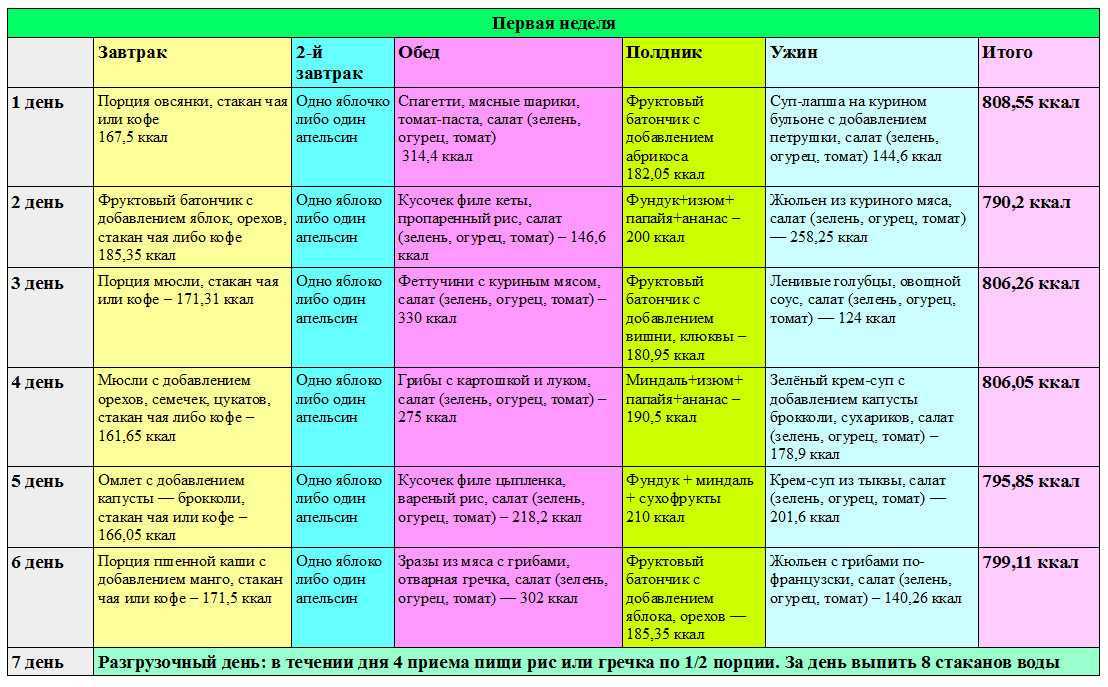 That can only be achieved if you stabilize blood glucose levels, send the correct satiety signals from the gut to the brain to stop eating, and reduce insulin resistance so that stored fat can easily be released between meals to provide high-octane fuel for your body.
That can only be achieved if you stabilize blood glucose levels, send the correct satiety signals from the gut to the brain to stop eating, and reduce insulin resistance so that stored fat can easily be released between meals to provide high-octane fuel for your body.
I have already stated that the appropriate protein-to-glycemic load balance for the Zone Diet is about 1/3 more low-glycemic load carbs than low-fat protein at the meal. And if you want about 30 percent of calories as fat in that meal, then the number of calories coming from protein and carbohydrate in a meal would be 70 percent of the rest of the calories (all three macronutrients must equal 100 percent). So, if you want about 1/3 more calories as low-glycemic carbohydrates relative to protein at the meal, then the total carbohydrate-protein-fat composition of a Zone meal is about 40 percent low-glycemic load carbohydrates, 30 percent low-fat protein, and 30 percent fat, but primarily as monounsaturated fat. But caloric percentages are meaningless unless you look at the absolute level of each macronutrient because it is the balance of protein and carbohydrates in grams at each meal that determines the appropriate hormonal responses for the next five hours.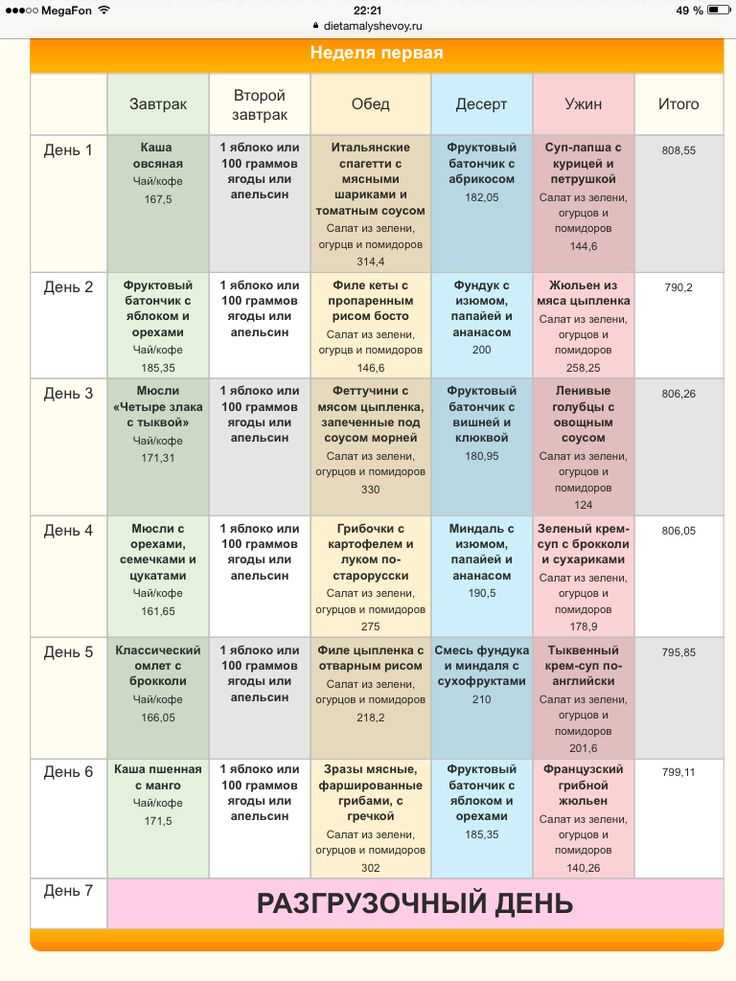
Let’s see what the Zone Diet looks like on a daily basis, remembering that protein and carbohydrates contain four calories per gram and fat contains nine calories per gram.
| Typical Female | Typical Male | |
| Carbohydrates per day | 120 grams | 150 grams |
| Protein per day | 90 grams | 112 grams |
| Fat per day | 40 grams | 50 grams |
Let’s look at calories per day. If you are consuming 1,200 calories per day (typical for the average female) that would be three meals each consisting of a little less than 400 calories per meal and one Zone snack. At 1,500 calories per day (typical for the average male), that would be three meals consisting of 400 calories per meal plus one or two Zone snacks.
Your brain needs about 130 grams of glucose per day, meaning your carbohydrate intake should be an adequate amount to keep the brain happy with its optimal fuel (which is glucose, not ketones) throughout the day.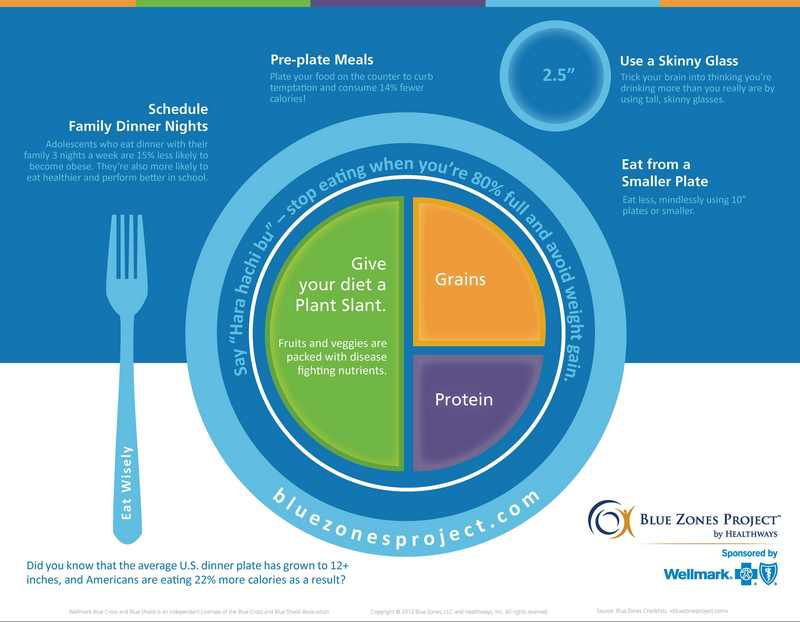 On the other hand, consuming too much carbohydrate at any meal will cause an over-secretion of insulin leading to a reduction in blood glucose levels within a few hours leading to hypoglycemia causing increased hunger and mental fatigue.
On the other hand, consuming too much carbohydrate at any meal will cause an over-secretion of insulin leading to a reduction in blood glucose levels within a few hours leading to hypoglycemia causing increased hunger and mental fatigue.
The amounts of protein consumed on the Zone Diet are pretty close to what the average American (female or male) is already eating, but now evenly split throughout the day. Finally, the Zone Diet would qualify as low-fat diet by any standard.
You’d think you would starve on 1,200 calories per day. But let me show you how much food would be required to achieve that calorie level:
Carbohydrates (120 grams) per day
8 servings (4 cups) of cooked non-starchy vegetables requires about two pounds of raw vegetables.
2 servings (1 cup) of fresh fruit
1 serving of either legumes (3 oz.) or slow-cooked oatmeal (3 oz.)
This amount of carbohydrates would also provide more than 40 grams of total fiber and lot of polyphenols
Protein (90 grams)
3 servings of 3 oz.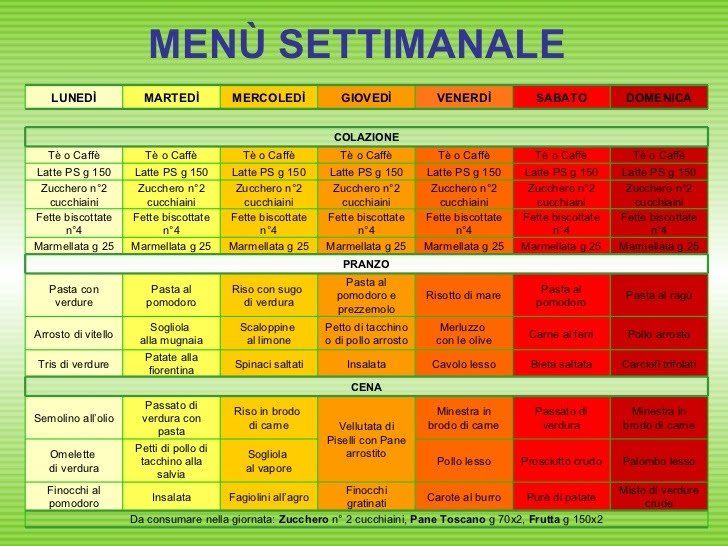 of low-fat protein at each meal
of low-fat protein at each meal
Fat (40 grams)
2 tablespoons of extra virgin olive oil per day translates into 2 teaspoons per meal
Most women would have a hard time consuming that amount of food even when consumed evenly throughout the day. At 1,500 calories per day for the average male, the amounts of food to be consumed are correspondingly greater. You can find hundreds of Zone meals as well as protein calculator to determine your own unique protein requirements at www.zoneliving.com.
Besides never being hungry or mentally fatigued following the Zone Diet, a recent study published in 2017 indicated there are some significant health benefits for eating ten servings of vegetables and fruits per day like a 33 percent reduction in stroke, a 24 percent reduction in heart disease, a 13 percent reduction in cancer, and finally a 31 percent reduction in all-cause mortality. I am eagerly waiting for any drug to deliver similar performance results.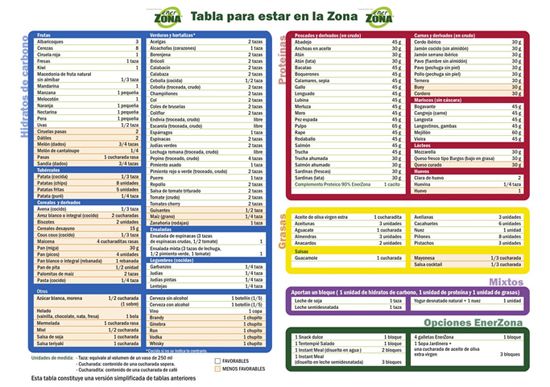
Summary
The Zone Diet is an anti-inflammatory diet because it reduces the intensity of diet-induced inflammation. This is accomplished by reducing the intake of omega-6 and saturated fatty acids that are pro-inflammatory. It also reduces the activation of the gene transcription factor, NF-kB, which is the genetic master switch that turns on the inflammatory response as well as improving gut health to reduce the entry of bacterial fragments into the blood (explained in the next chapter) and reducing the formation of glycosylated proteins, both of which can activate NF-kB. This is why following the Zone Diet is the obligatory first stage for optimizing your Resolution Response because it is your best dietary tool to reduce the overall intensity of diet-induced inflammation. Mastering this stage of the Zone Pro-Resolution Nutrition system makes it much easier to initiate to the next stages of the Resolution Response which are the resolution of residual cellular inflammation and then repairing the tissue damage caused by that inflammation.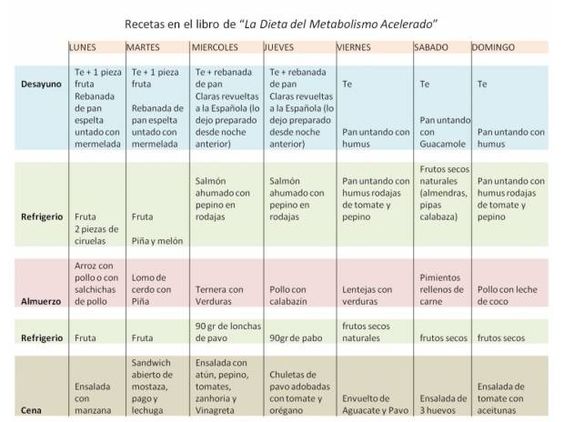
This rural hotel is located in Siurana. The windows offer a beautiful view of the Montsant nature reserve. It offers elegant rooms with hydromassage showers, free breakfast, free Wi-Fi and bike rental.
Rooms at La Siuranella have parquet floors, modern rustic features and heating. Includes a flat-screen TV, bathrobe and hairdryer. In addition, some rooms offer mountain views.
The hotel’s restaurant serves local cuisine. The hotel also has a bar with a terrace overlooking the surrounding countryside.
The staff at La Siuranella are happy to provide you with information on mountaineering in the area and help you arrange visits to wineries or mountain bike tours.
Elegant double rooms with parquet floors, modern rustic features and central heating. The private bathroom comes with a hydromassage shower, toiletries, bathrobe and hairdryer.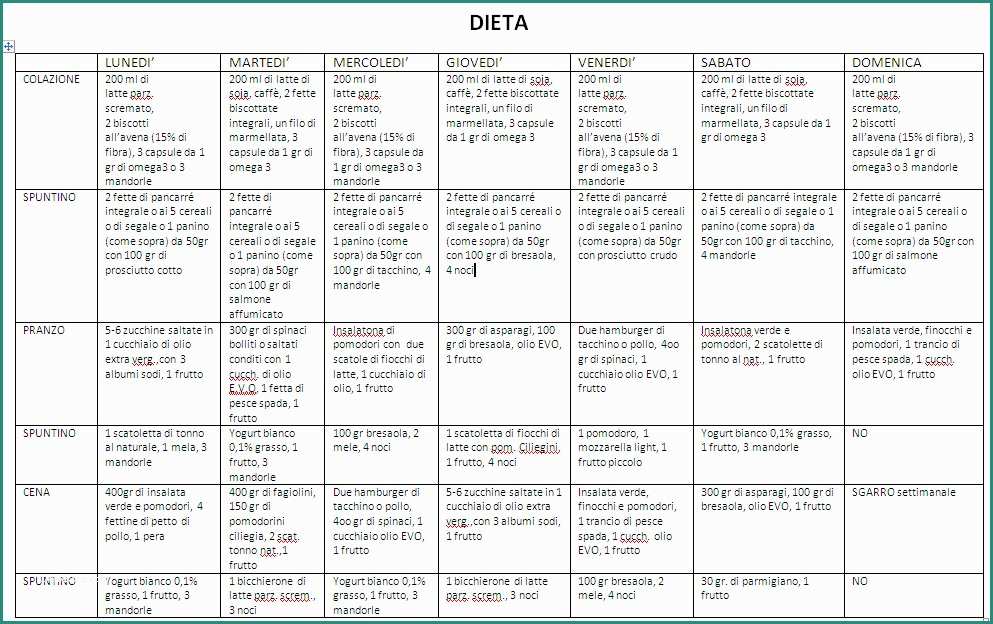
The historic city of Tarragona is 50 km away and Reus Airport is about 50 minutes away by car.
Couples especially like the location – they rated accommodation in the area for a trip as a couple at 9.3 .
La Siuranella has been welcoming Booking.com guests since March 7, 2012.
More details
Great Location: Highly rated by recent guests (9.3)
냨
Delicious food: guests highly rated the food here
Select dates to see availability and prices.
Room Type
Capacity
Double or Twin Room
Show Prices
Double Room with Mountain View
Show Prices
Something Wrong Please try again.
Something went wrong. Please try again.
Landmarks nearby *
Kitchen:
mediterranean
Open on:
Dinner,
Dinner
Bathroom
Private bathroom
Toilet
Free toiletries
Robe
Hair dryer
Shower
Bedroom
Wardrobe or wardrobe
outdoors
Sun deck
Terrace
Garden
Sports and recreation
Cycling
Hiking trails
Canoe
Additional charge
Fishing
Additional charge
Seating area
Work table
Media and technology
Flat screen TV
Food and drink
Special diet menus (on request)
Restaurant
Internet
Wi-Fi is available in public areas free of charge.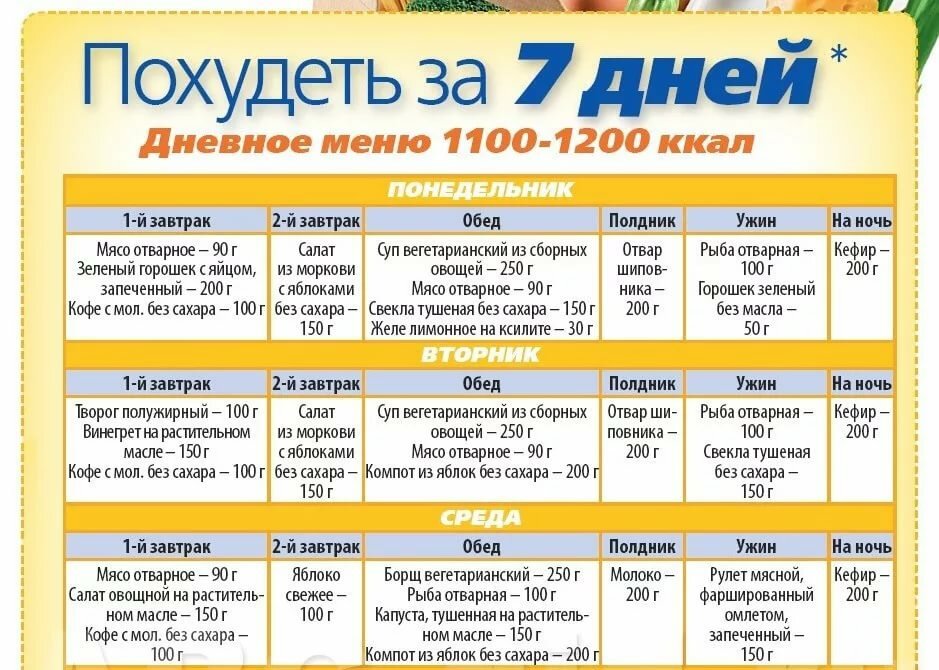
Parking
No parking available.
Services
Tour office
Packed lunches
Airport shuttle
Additional charge
Airport shuttle
Additional charge
Airport shuttle
Additional charge
Security
Safe
Air conditioner
Non-smoking throughout
Wooden or parquet floor
Heating
Non-smoking rooms
The staff speaks these languages
Catalan
English
spanish
French
La Siuranella takes special requests – add them in the next step!
check in
17:00 – 22:00
Departure
09:00 – 12:00
Cancel/
advance payment
Cancellation and prepayment policies vary depending on the type of option chosen.
Please enter your dates of stay and review the booking conditions for the requested room.
Beds for children
Children of all ages are welcome.
To see exact prices and availability, please enter the number of children in your group and their age when searching.
0-1 year old
Extra bed on request
€25 per child per night
Baby cot on request
€6 per child per night
years
Extra bed on request
€ 25 per child per night
From 12 years
Extra bed on request
€ 35 per person per night
Baby cots and extra beds are not included in the total price of the reservation and paid separately during the stay.
The number of extra beds and baby cots allowed depends on the option chosen. Check conditions.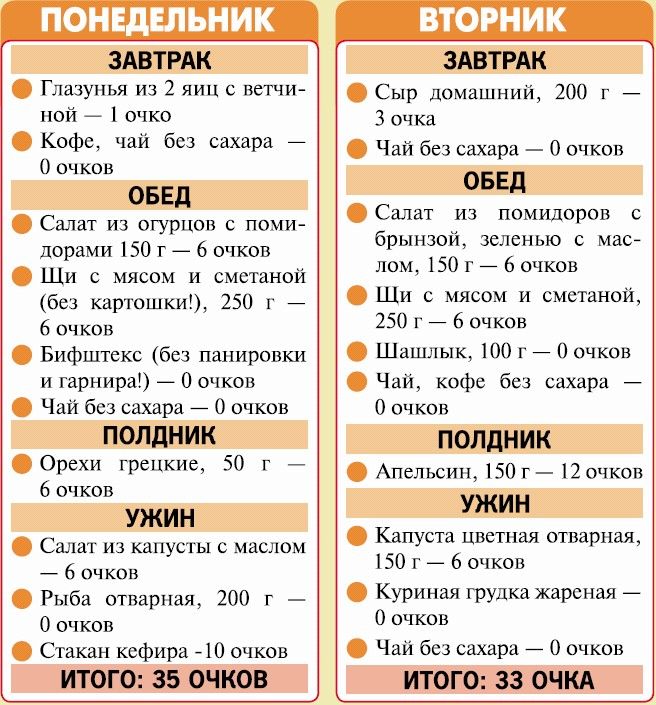
Baby cots and extra beds are subject to availability.
No age limit
There are no age restrictions for check-in.
Pets
Pets are not allowed.
Cards accepted by the hotel
La Siuranella accepts these cards and reserves the right to temporarily hold an amount prior to arrival.
Rooms and prices
Description of the hotel
Hotel on the map
Change your search conditions
To find out which rooms are available and at what price, specify the dates of arrival and departure, then click “Search”
About the hotel
Pets
Pets are allowed in the hotel.
Check-in
from 13:00
Check-out
from 13:00
We do our best to check all data for accuracy, however, we are not responsible for the provision of incorrect or incomplete information by the accommodation.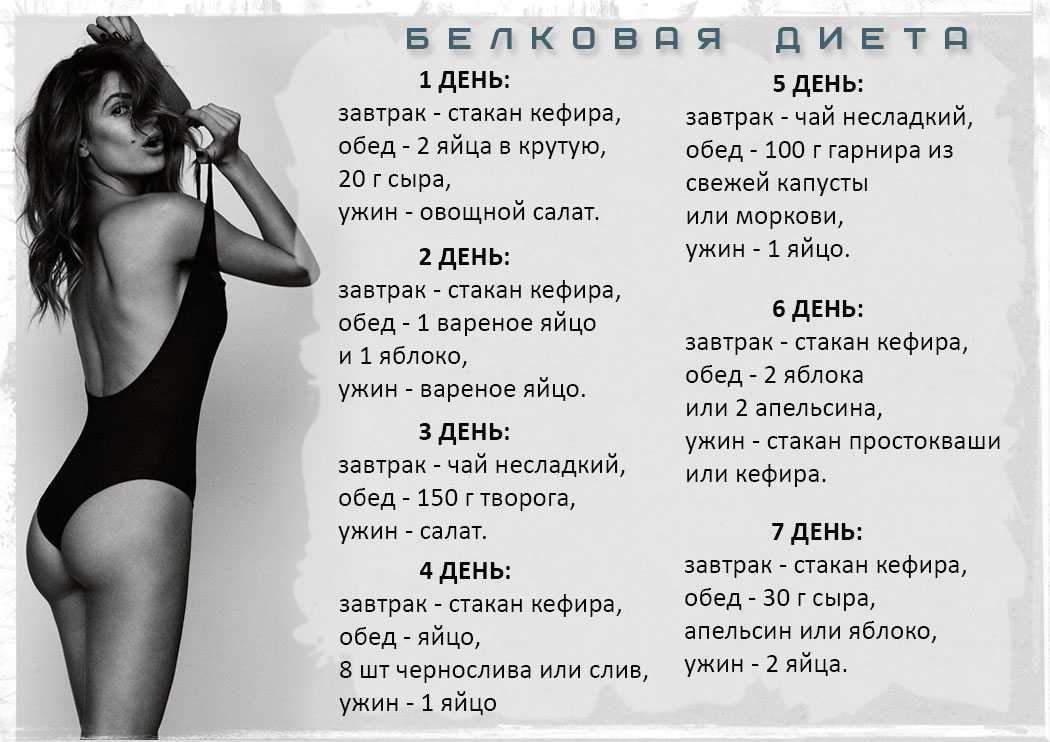
9000 Office
Media and technology
Av Las Americas, Dominican Republic
16.